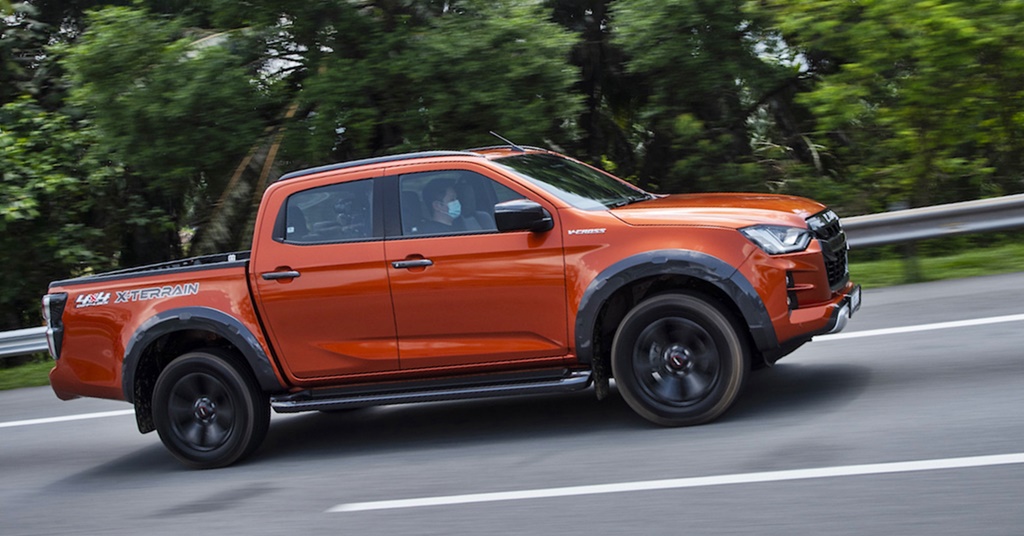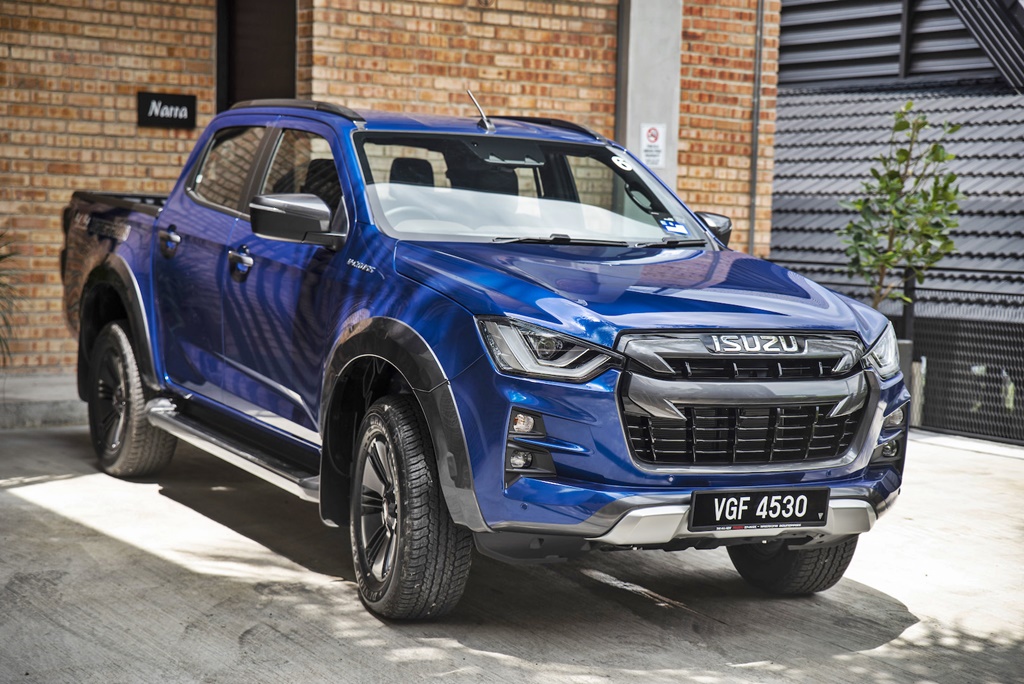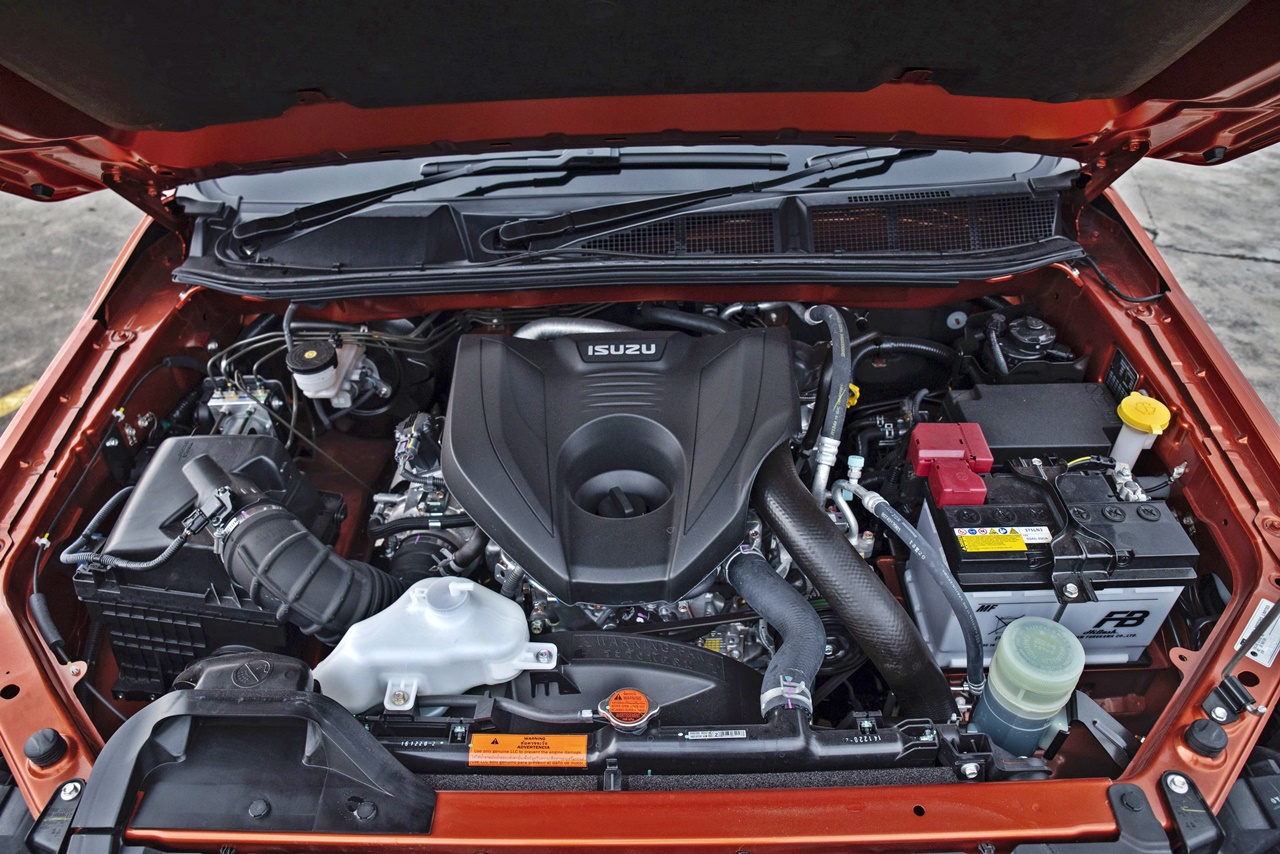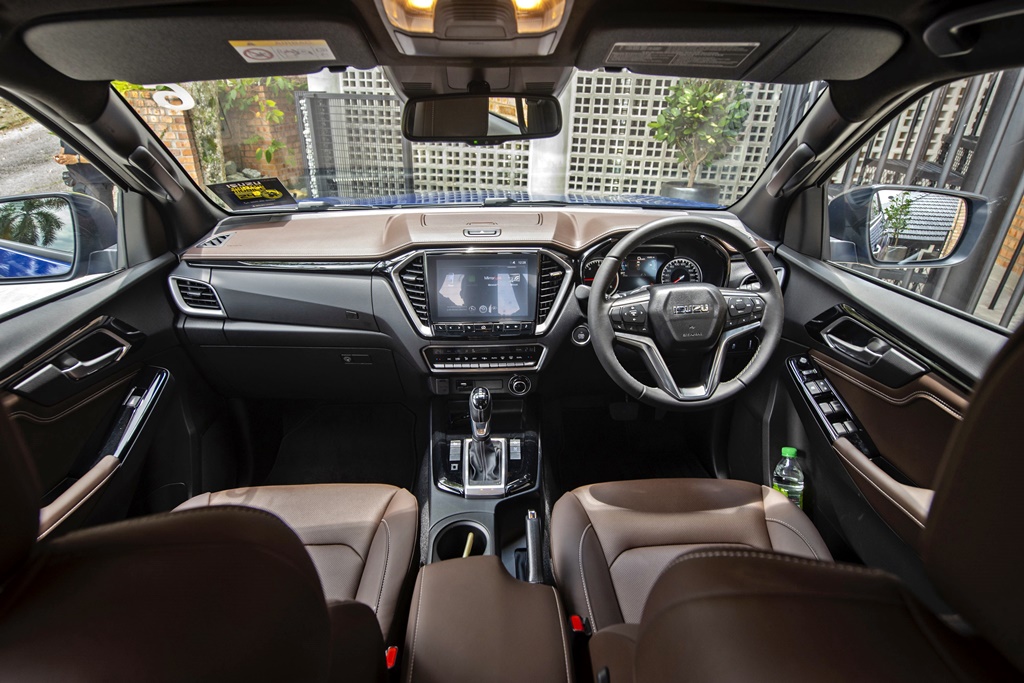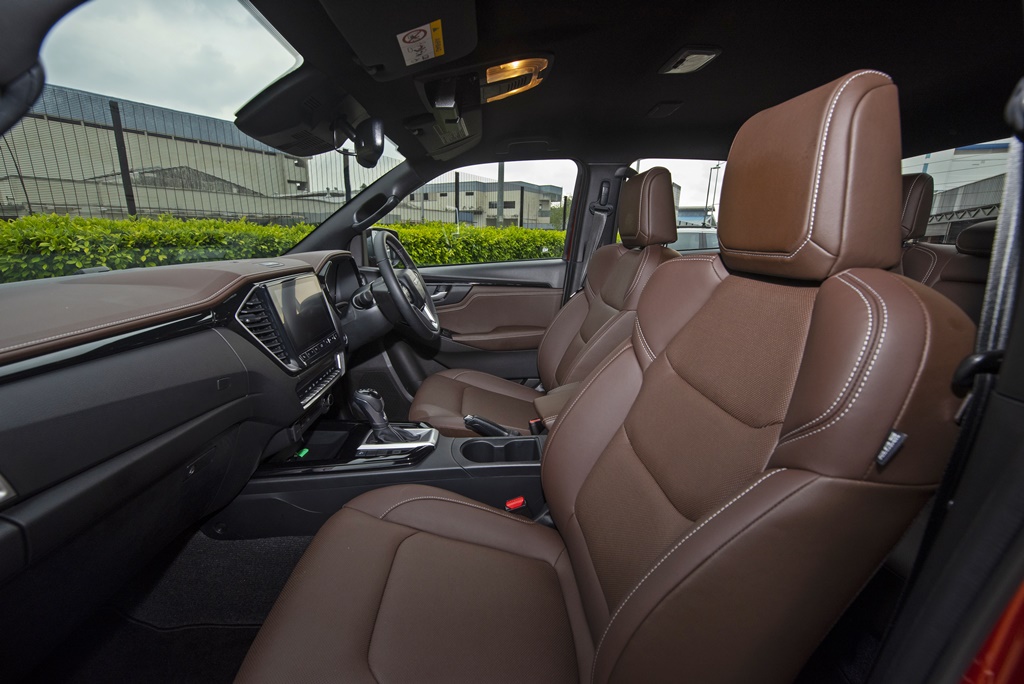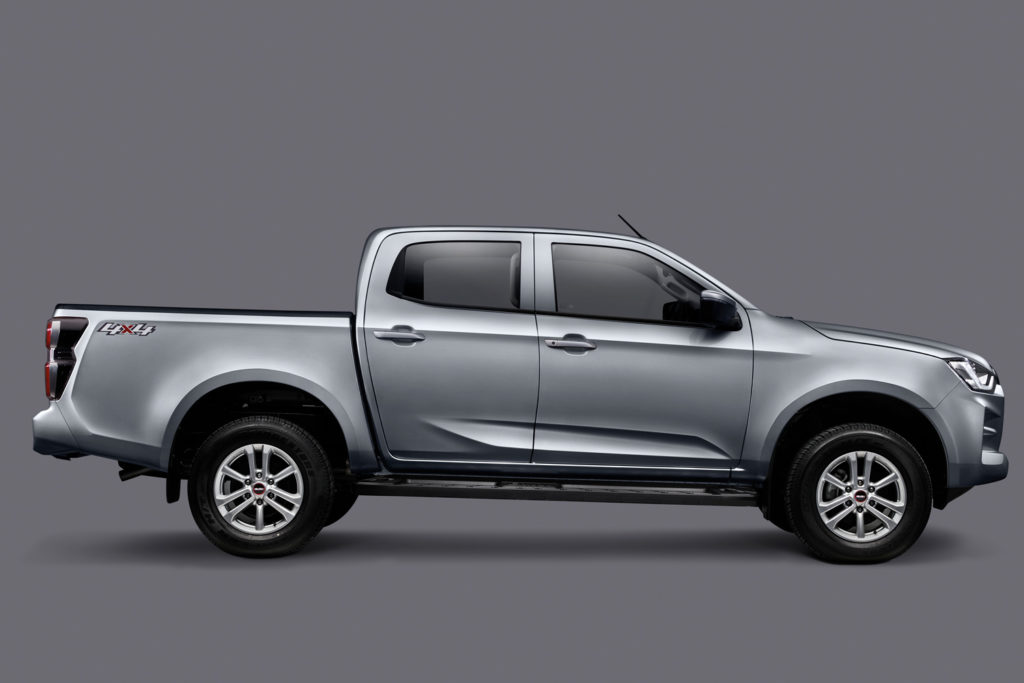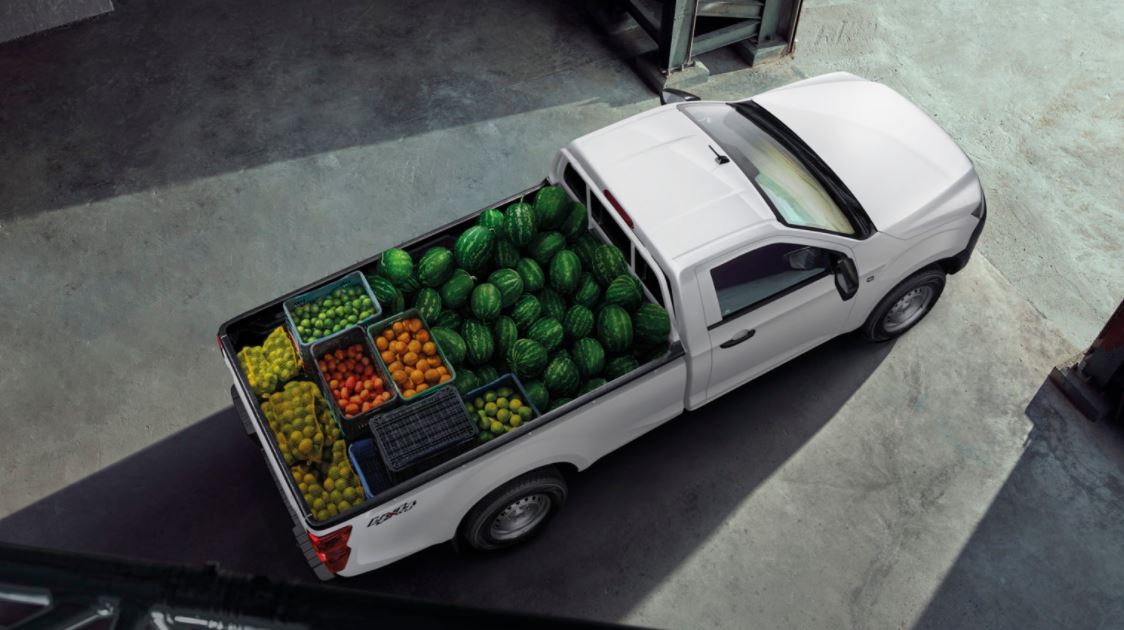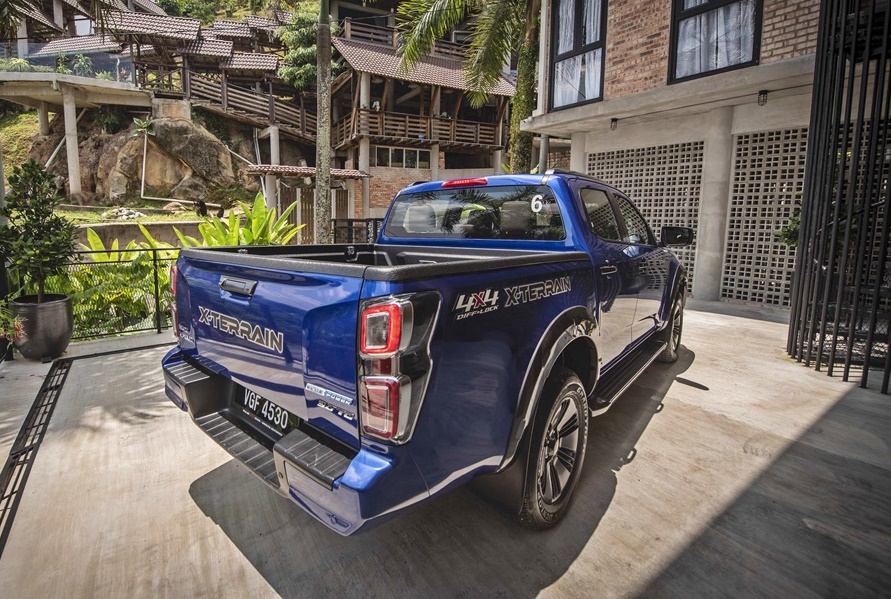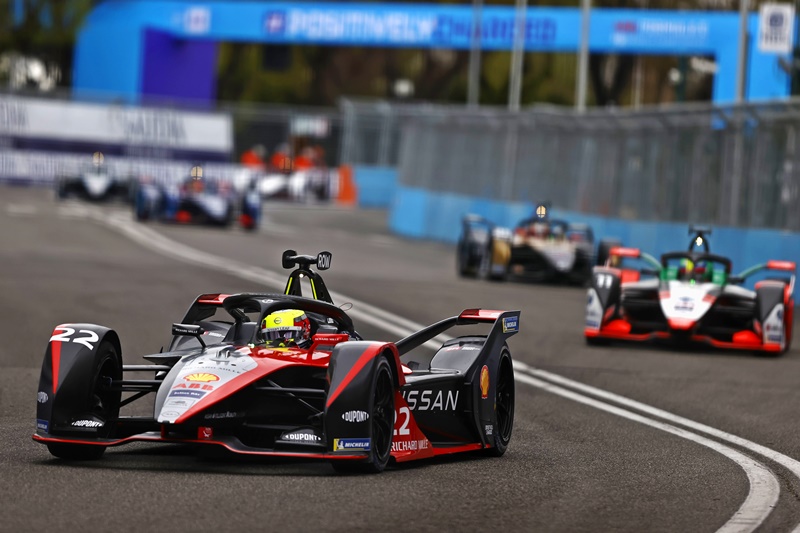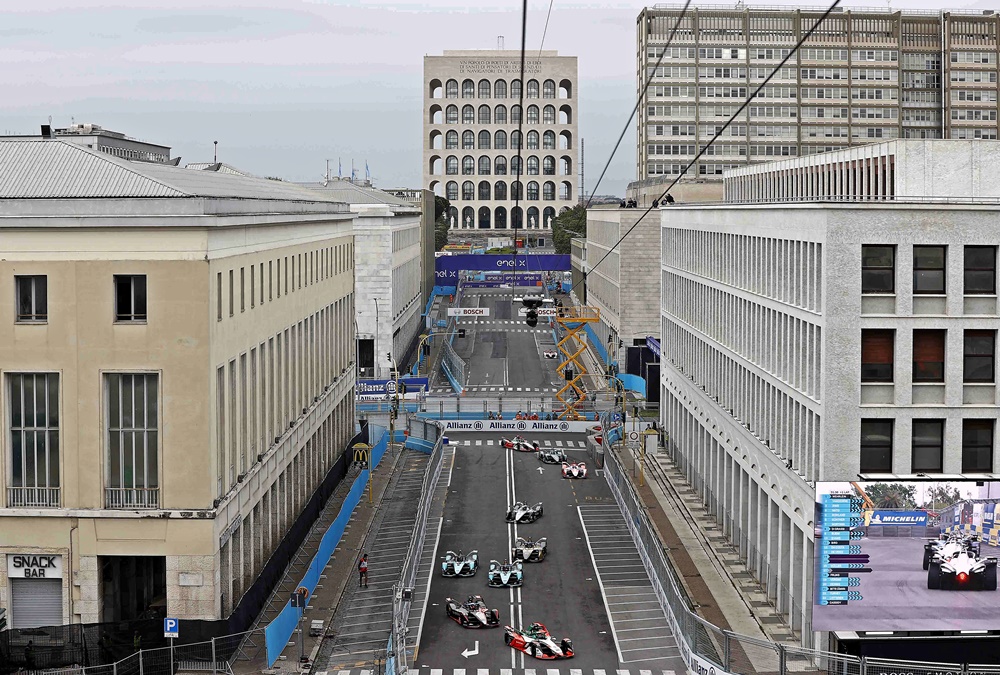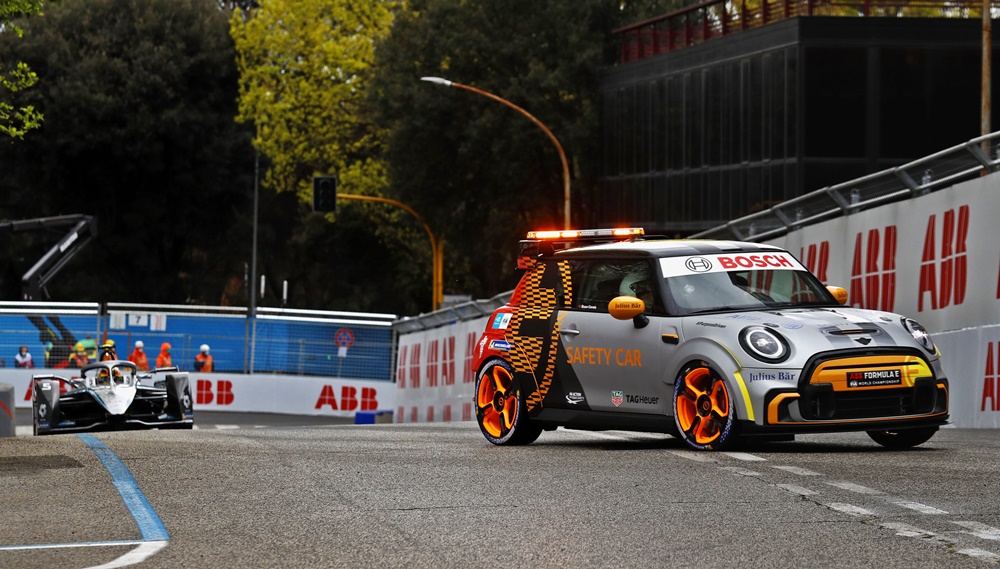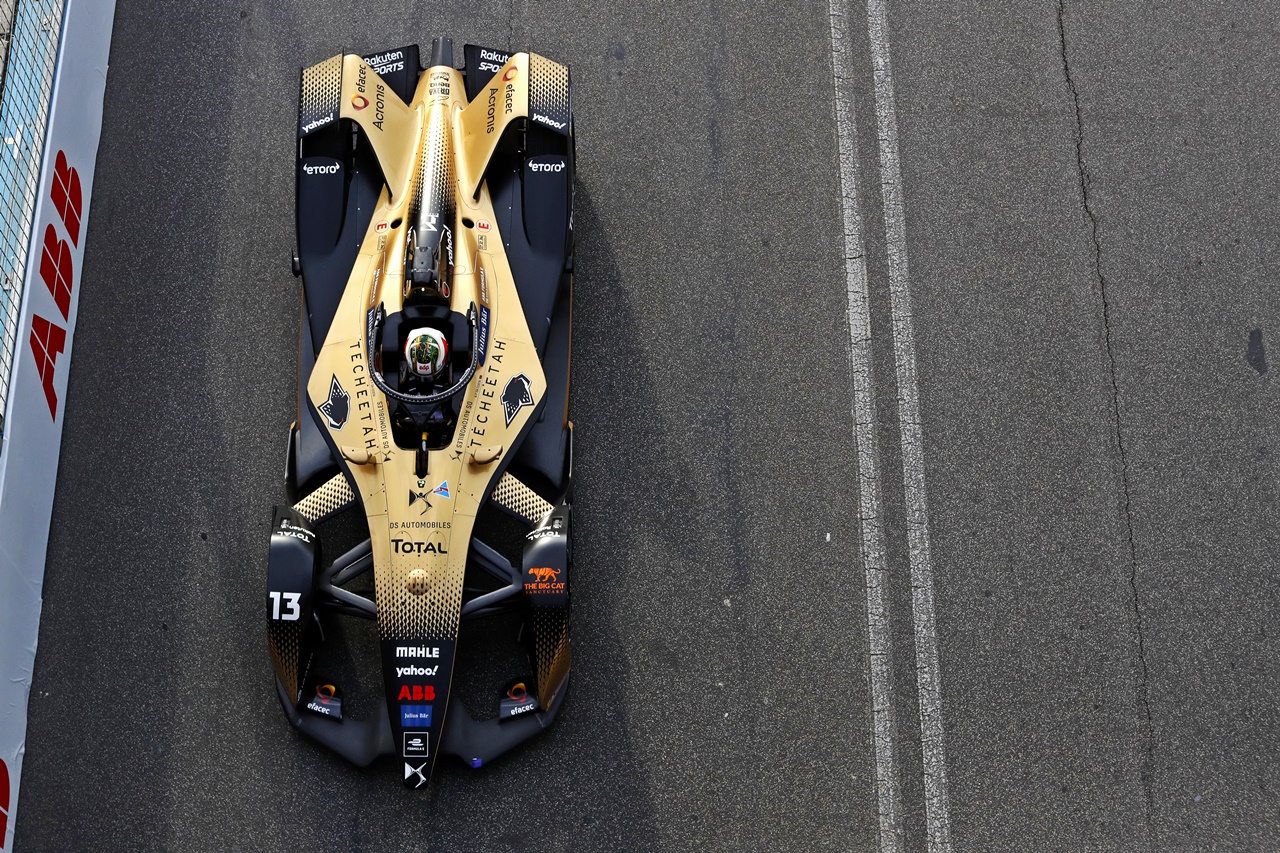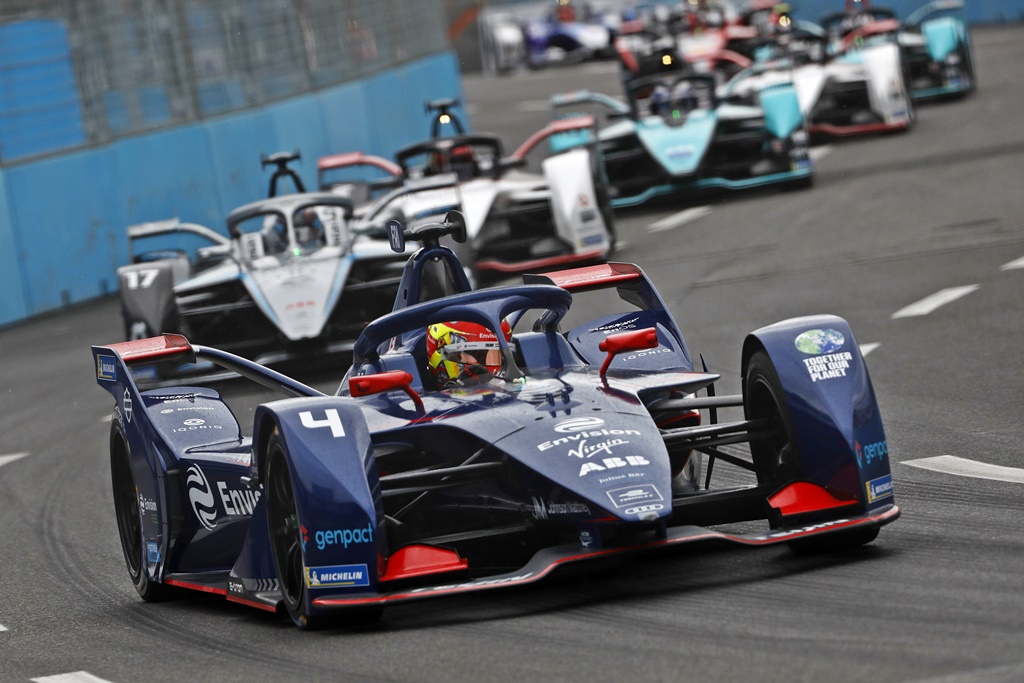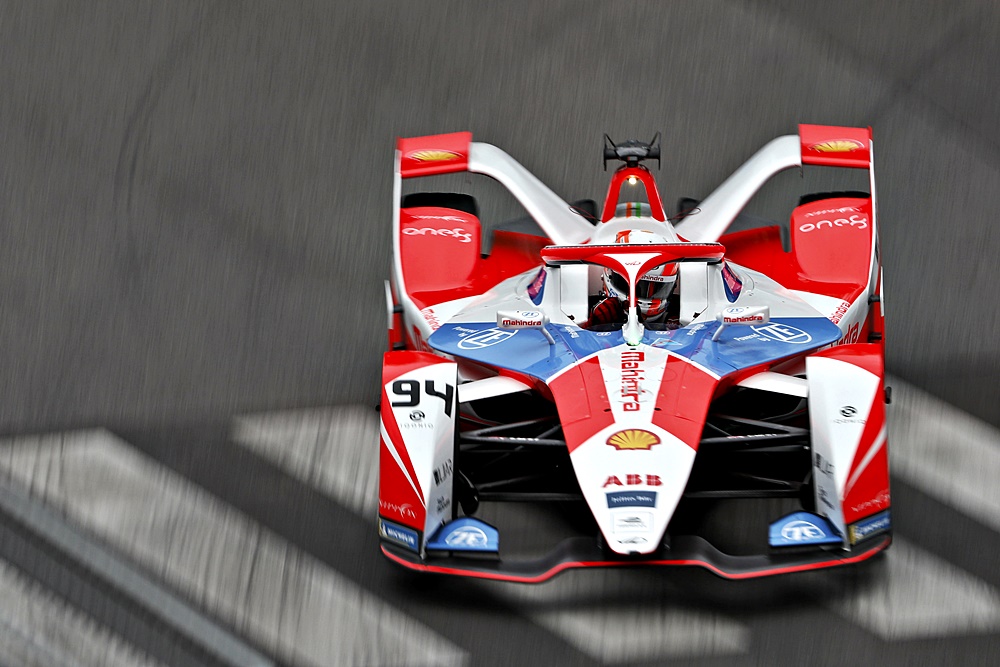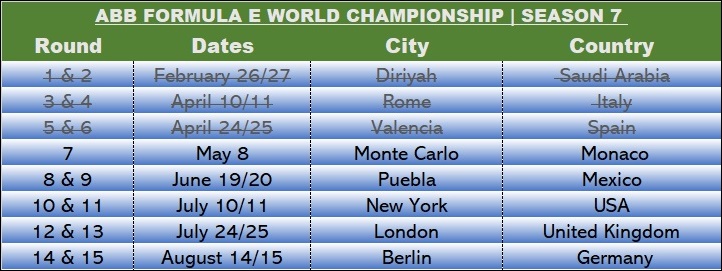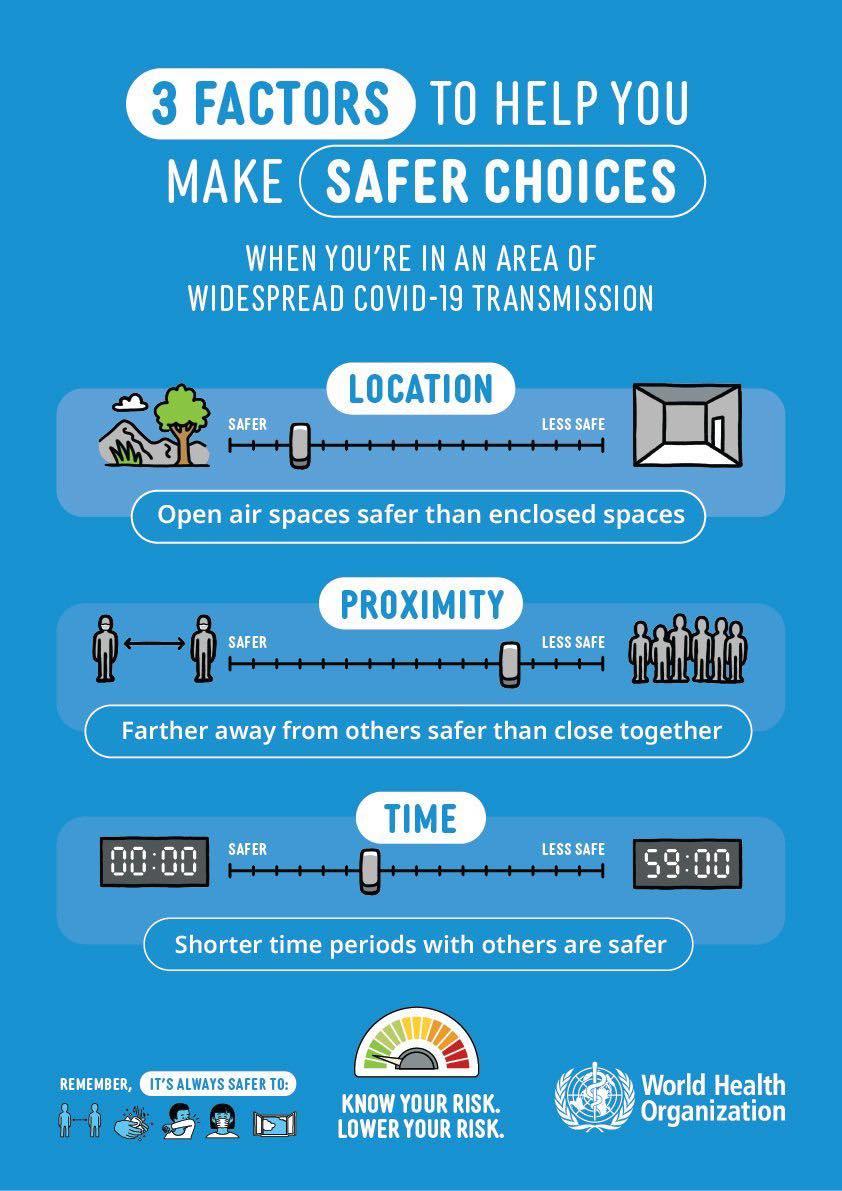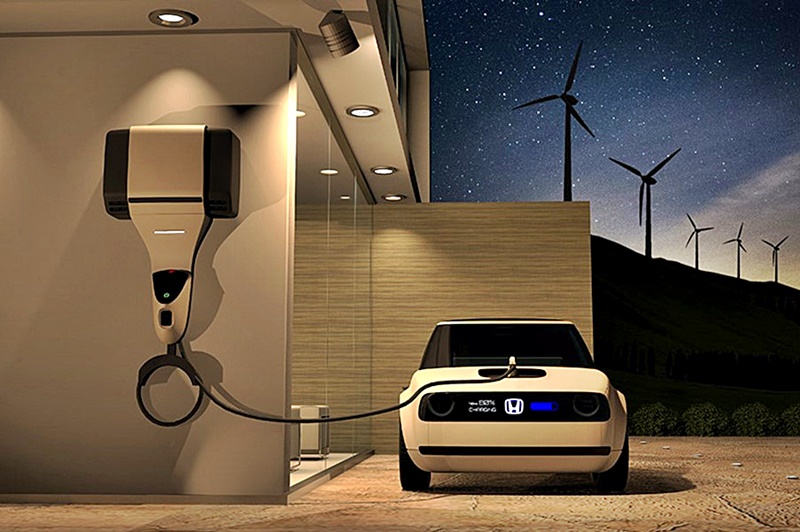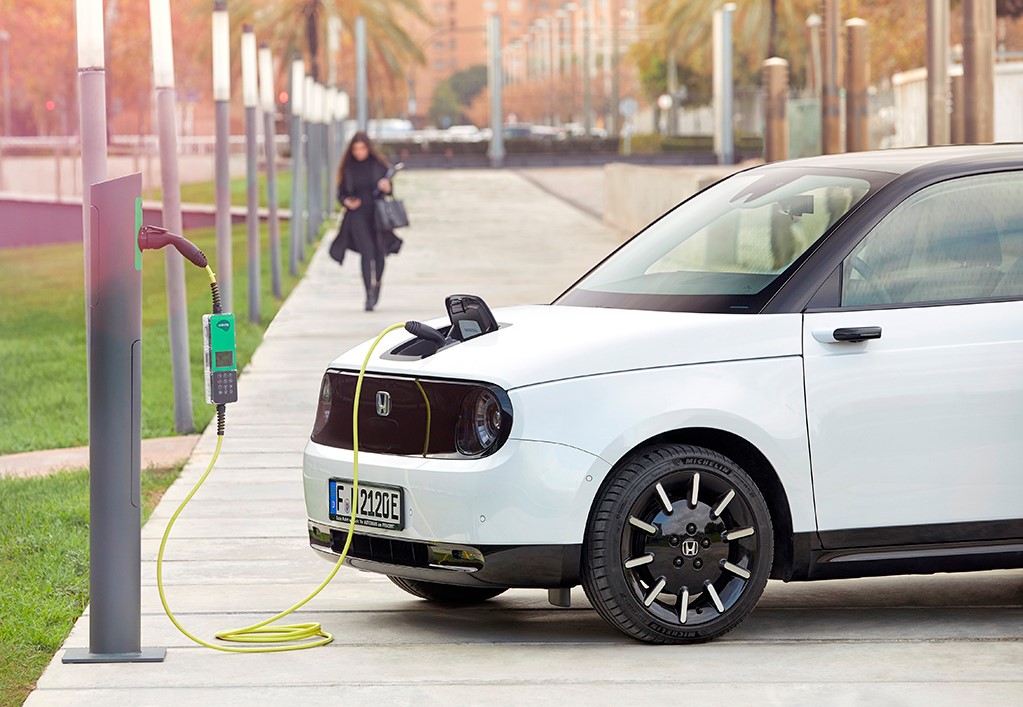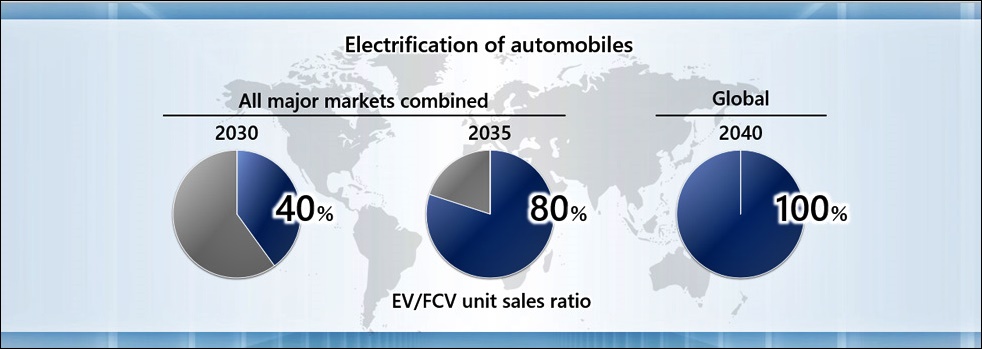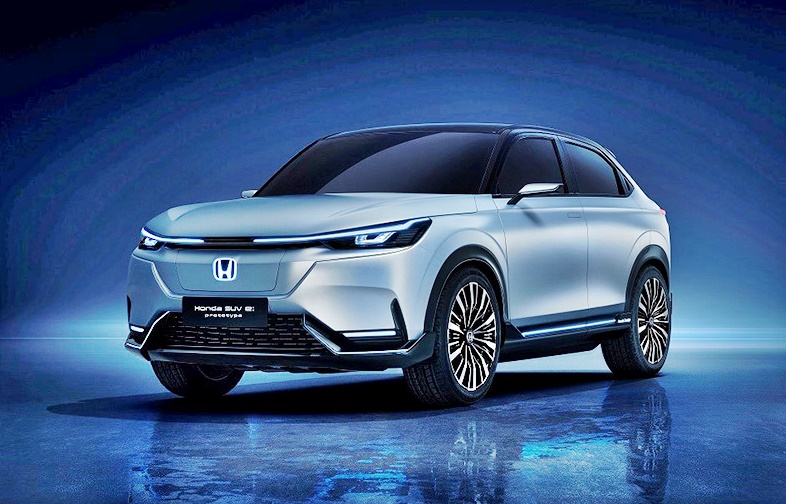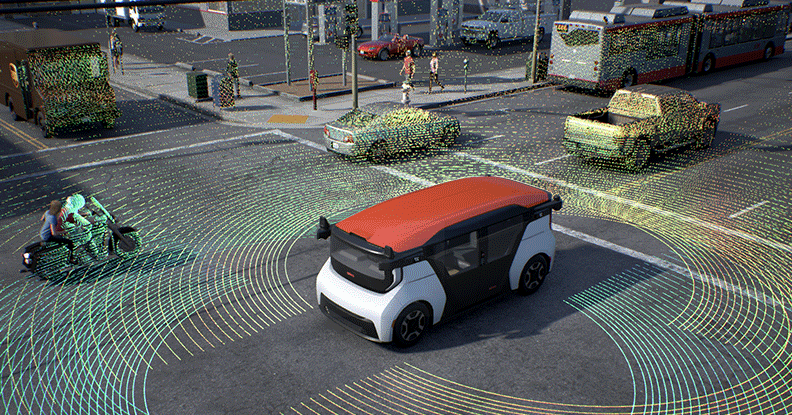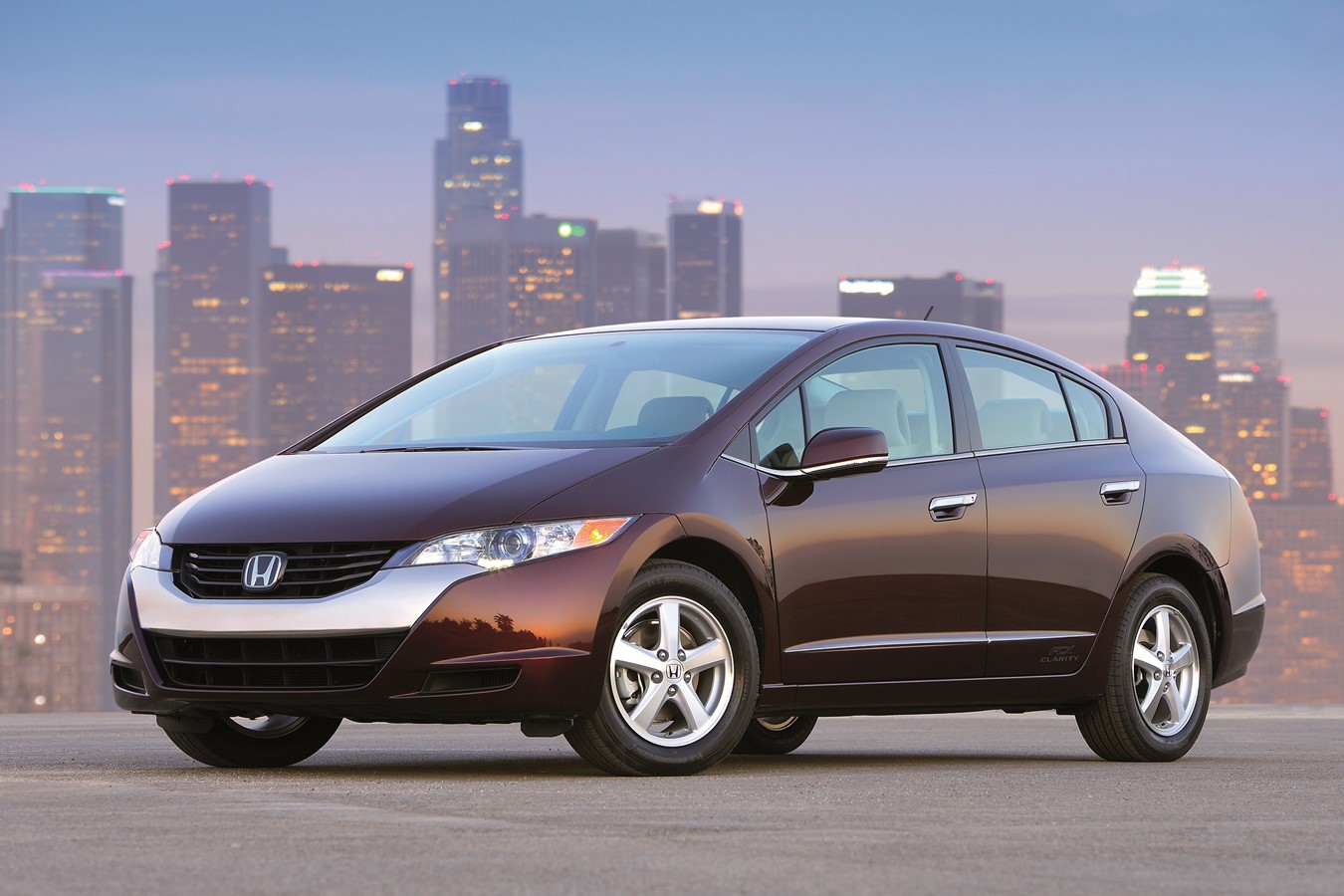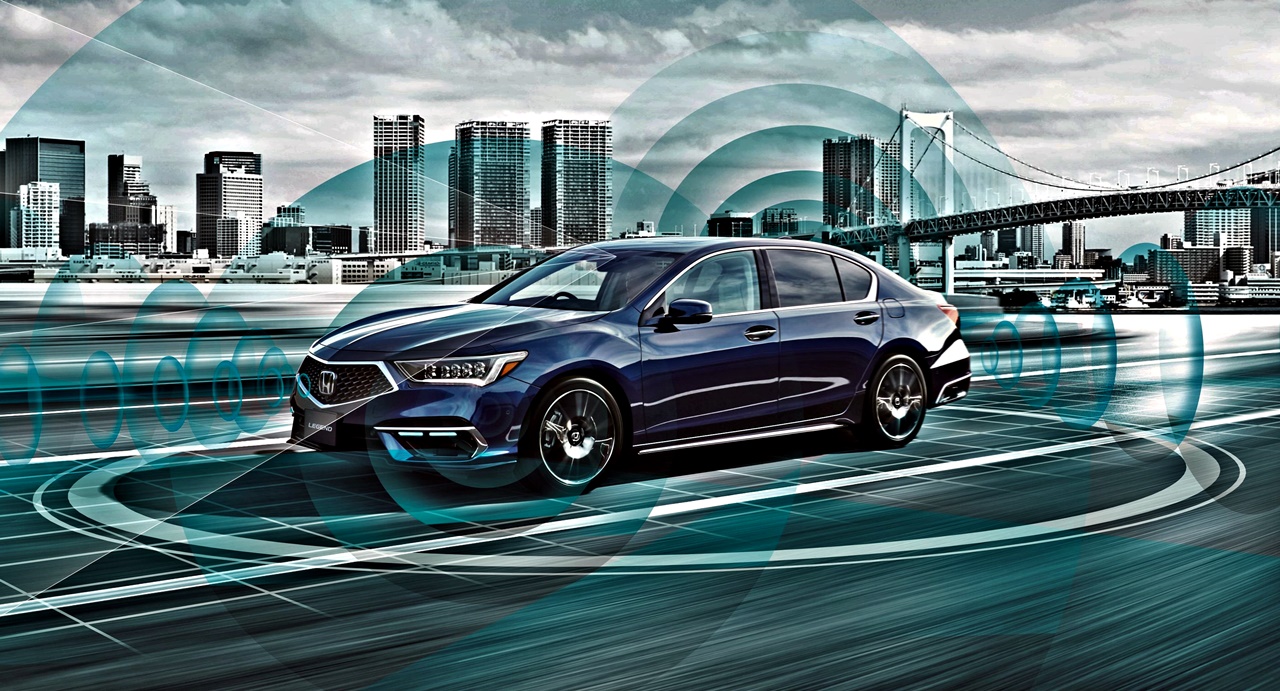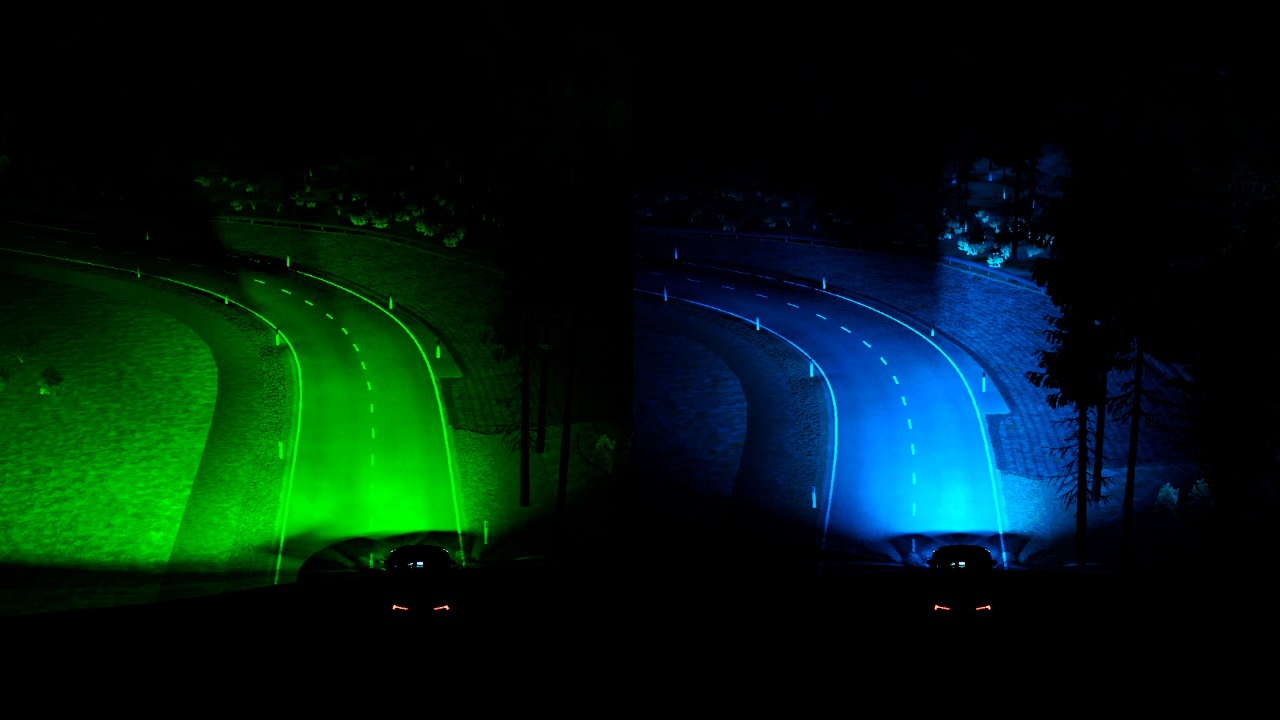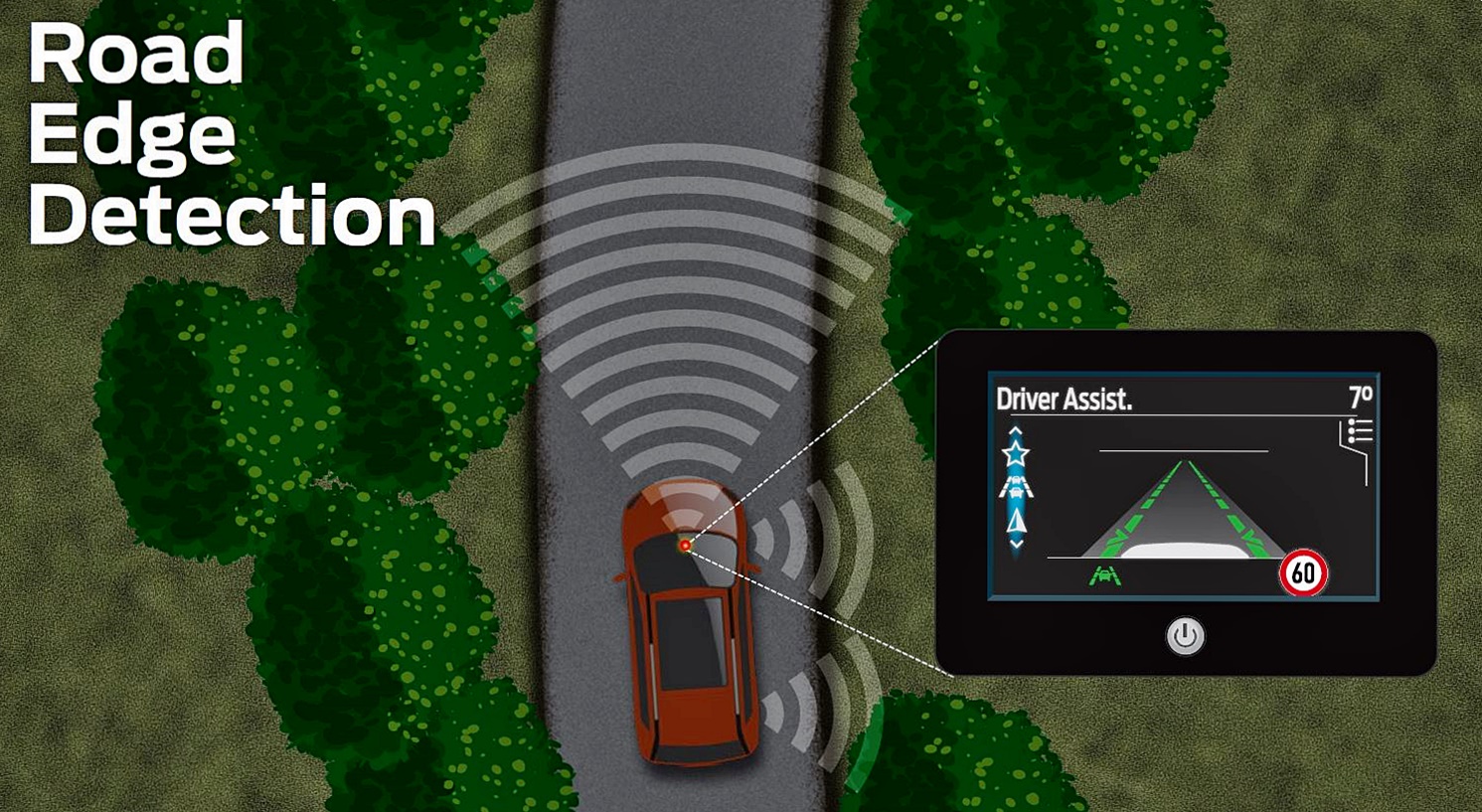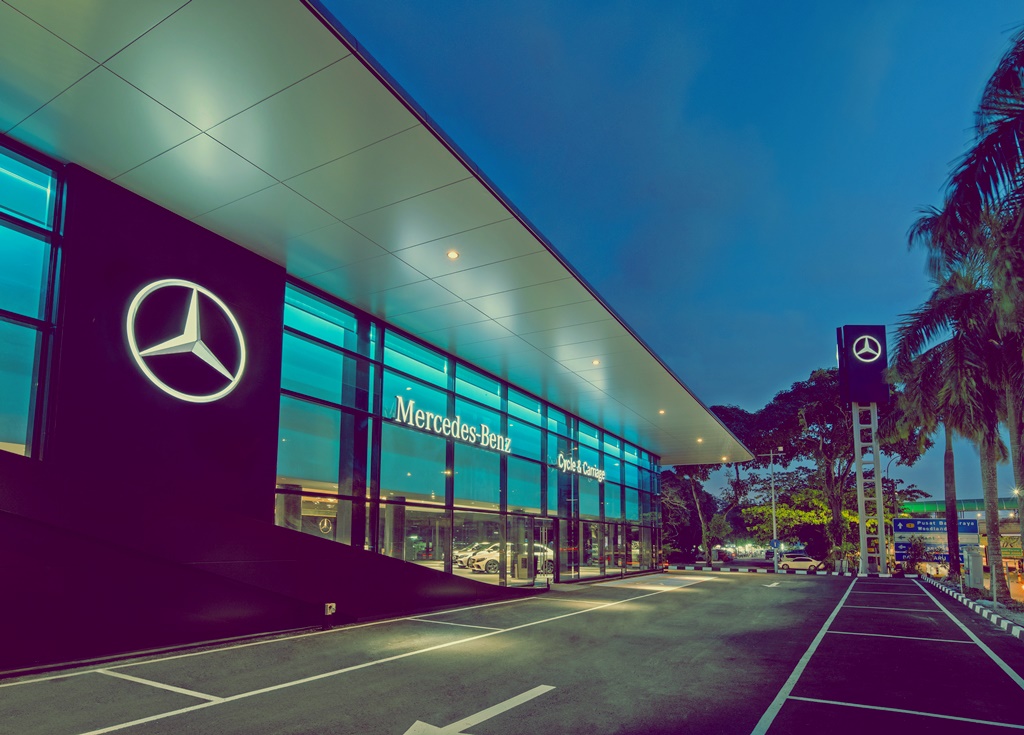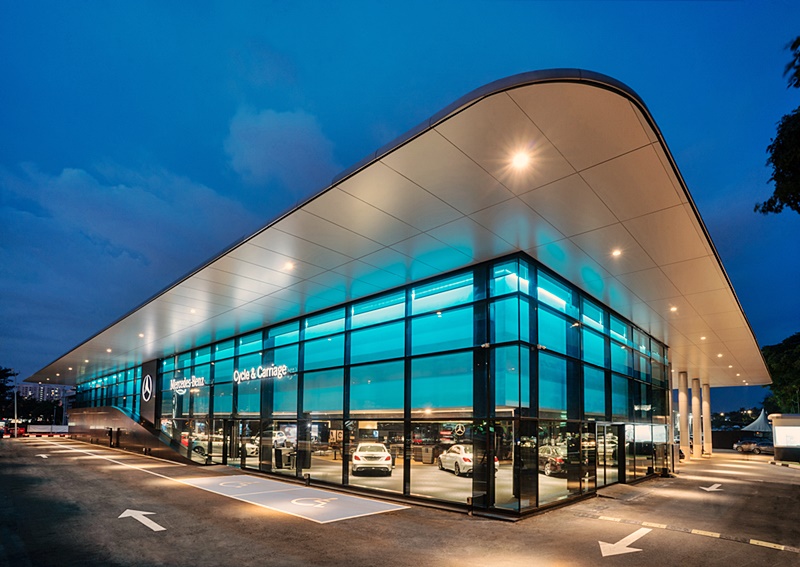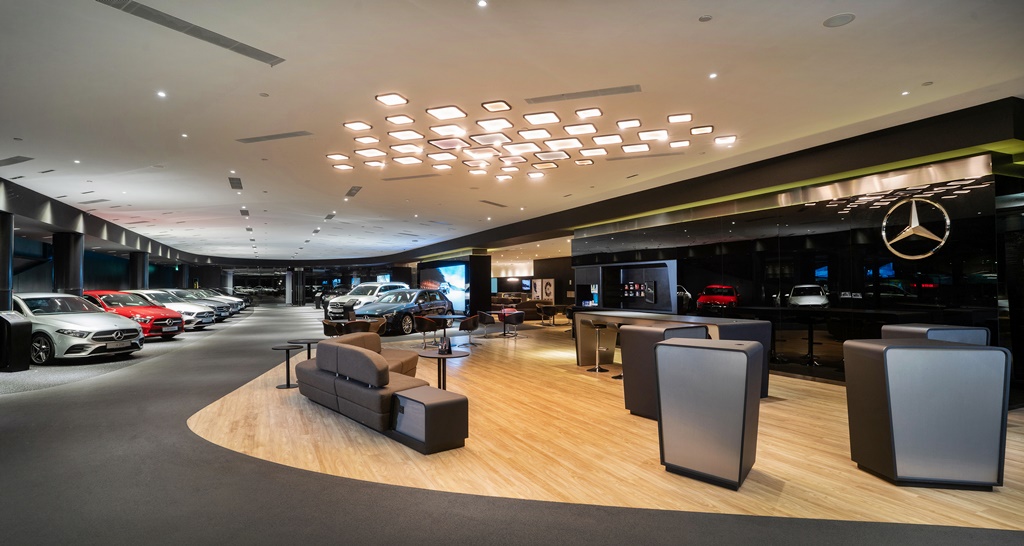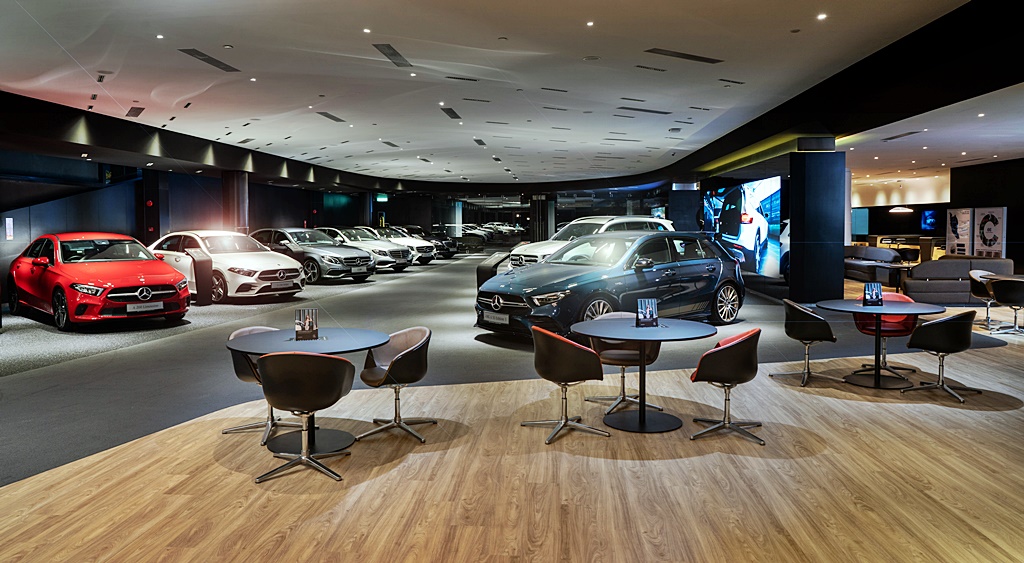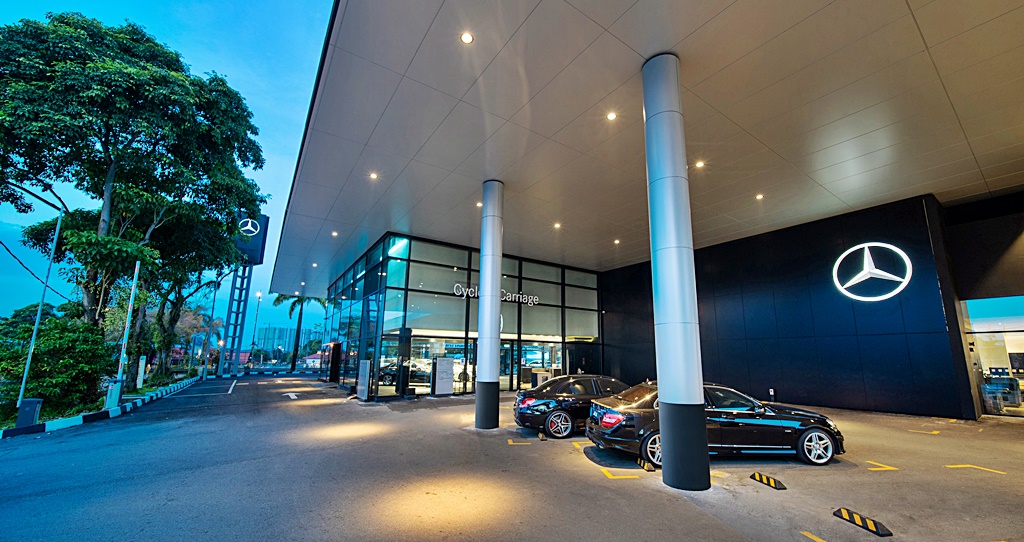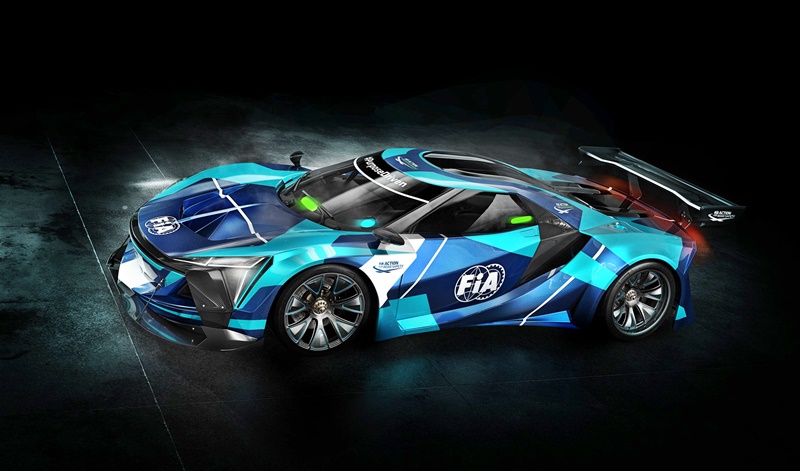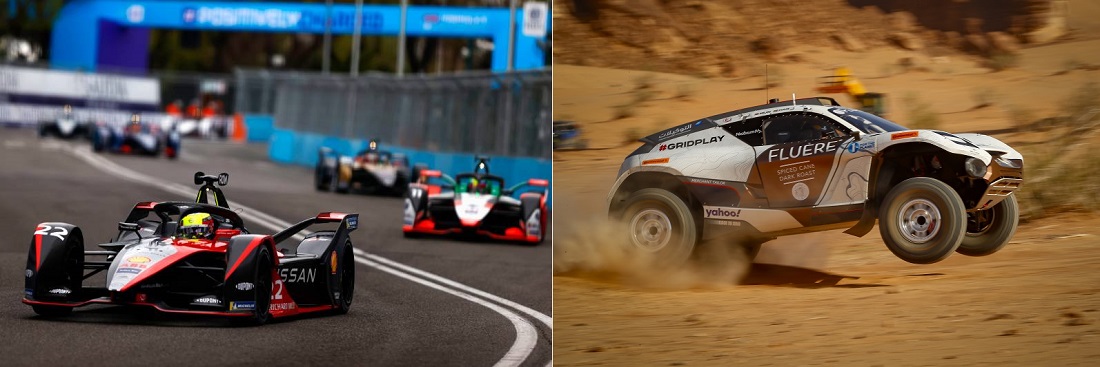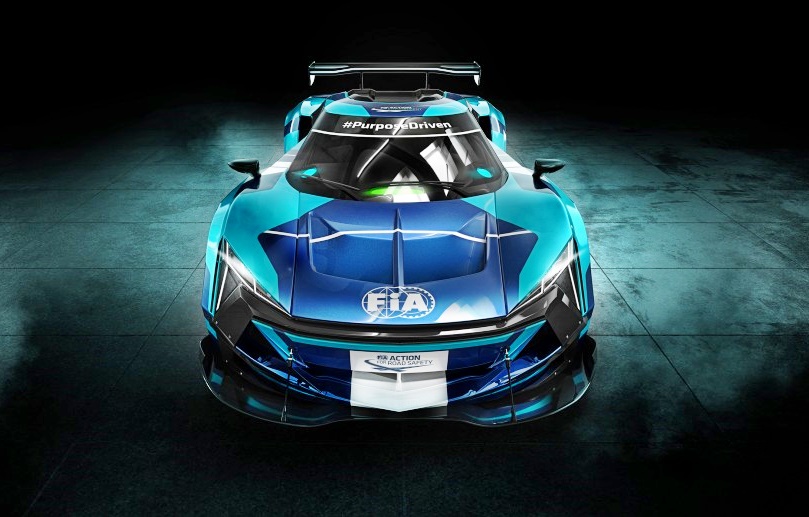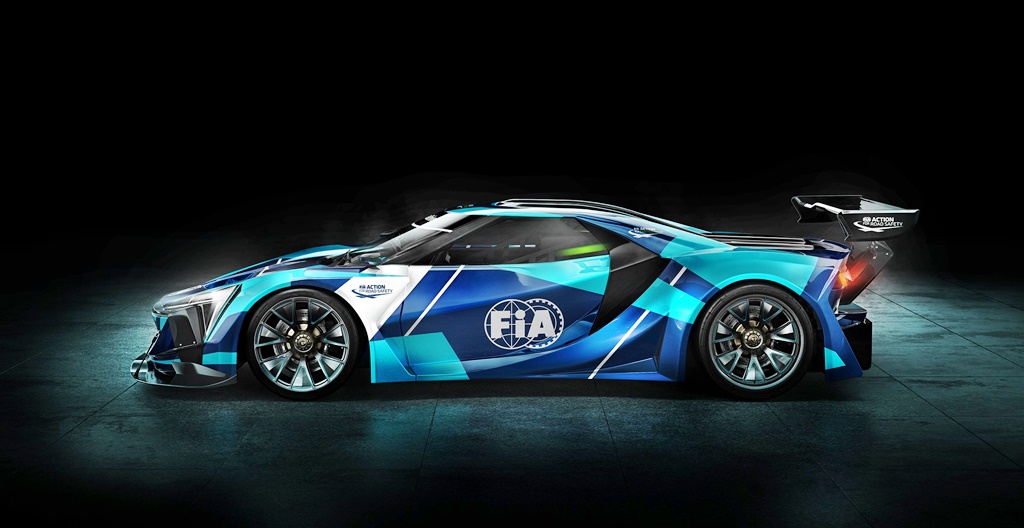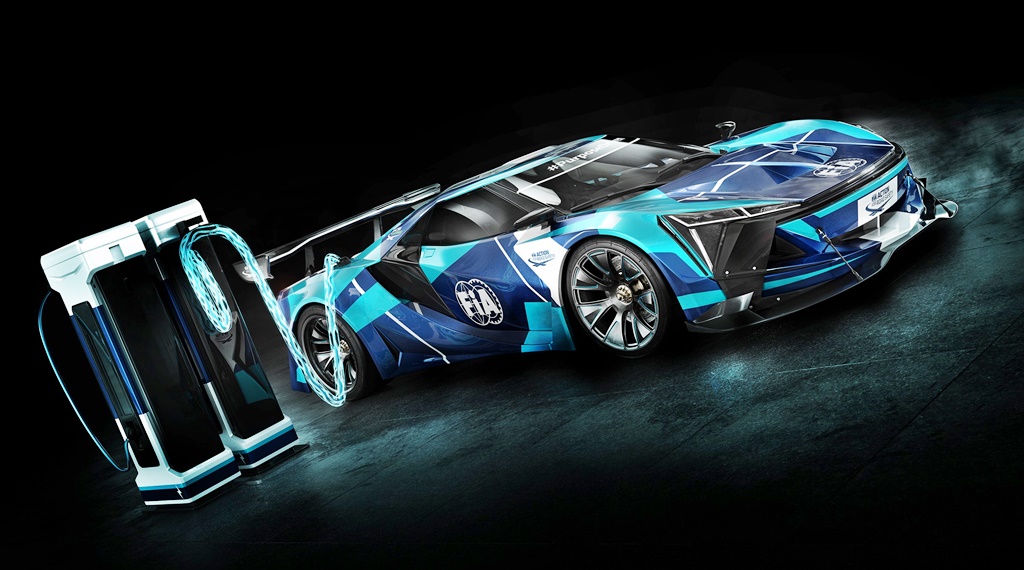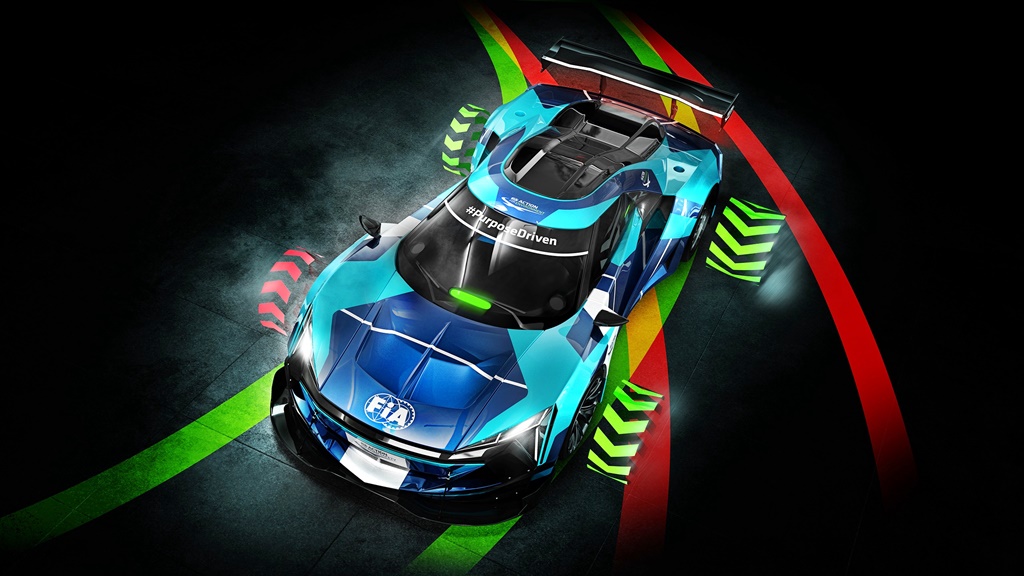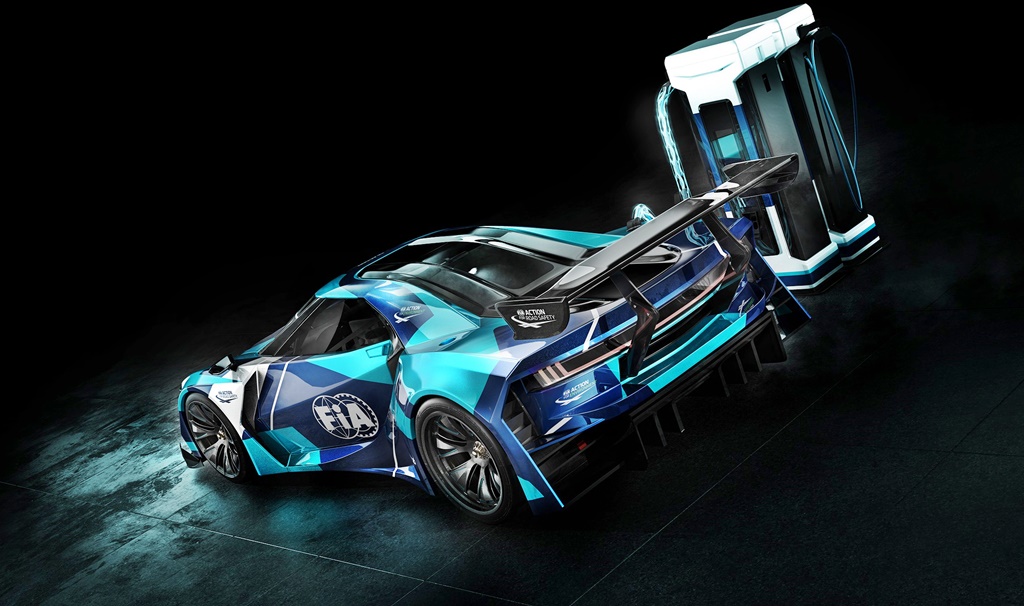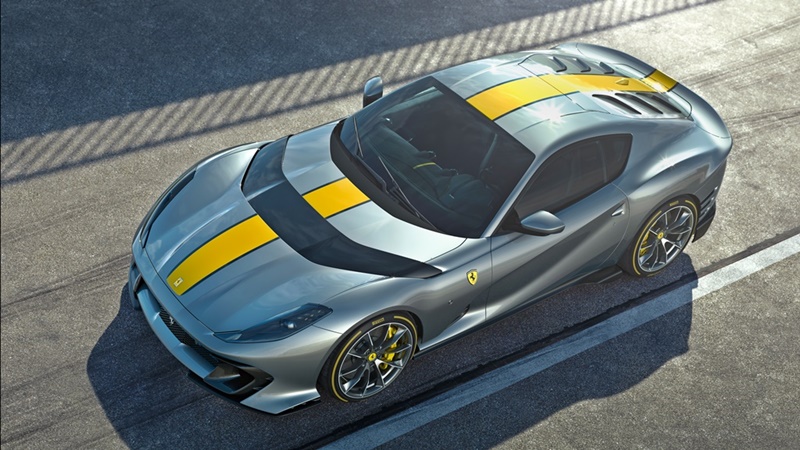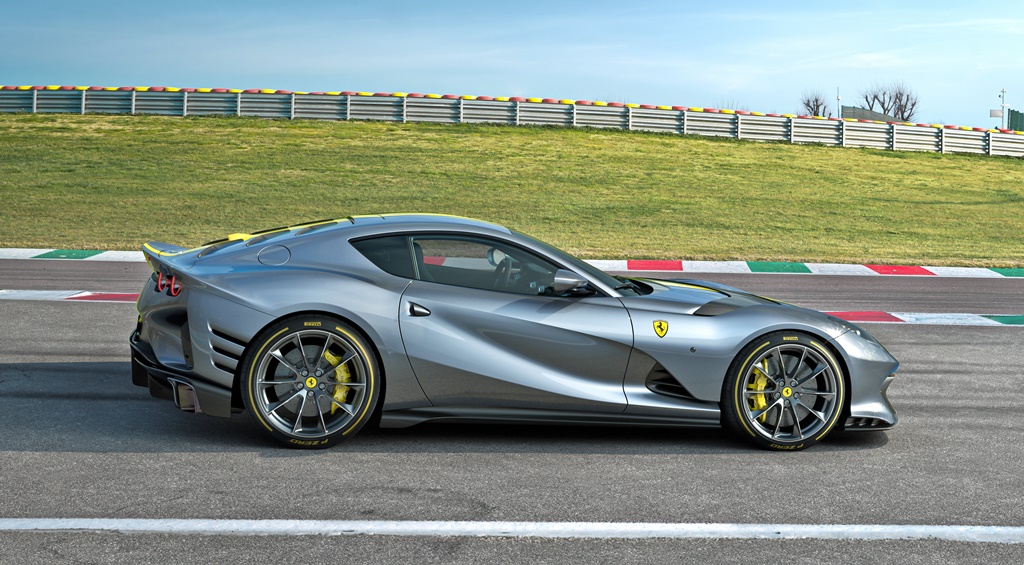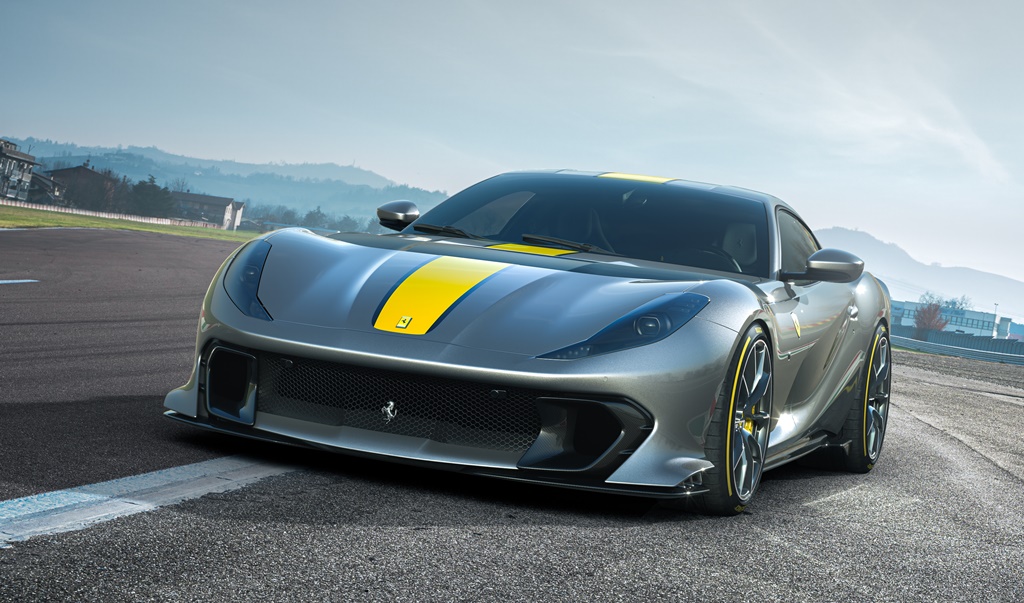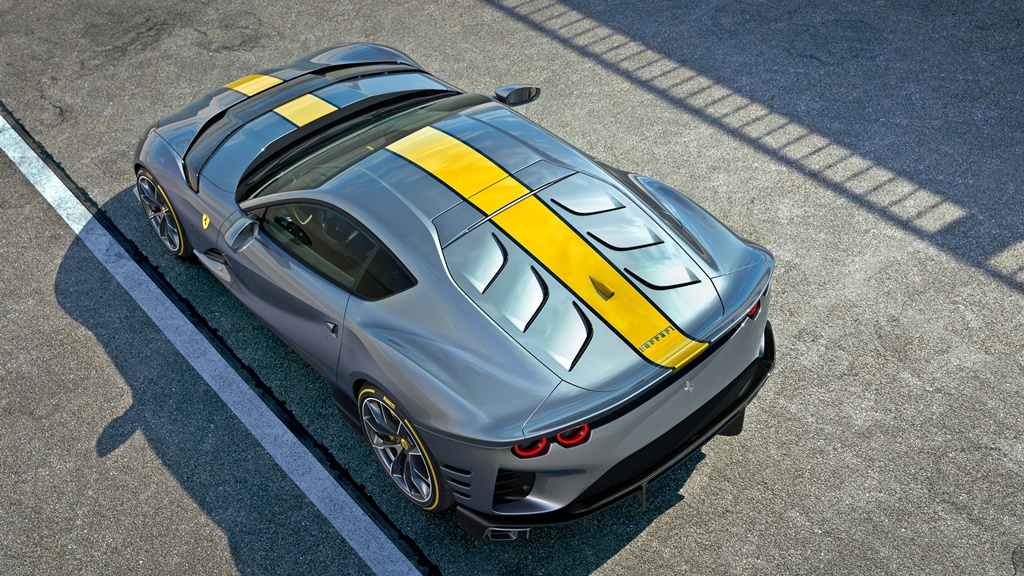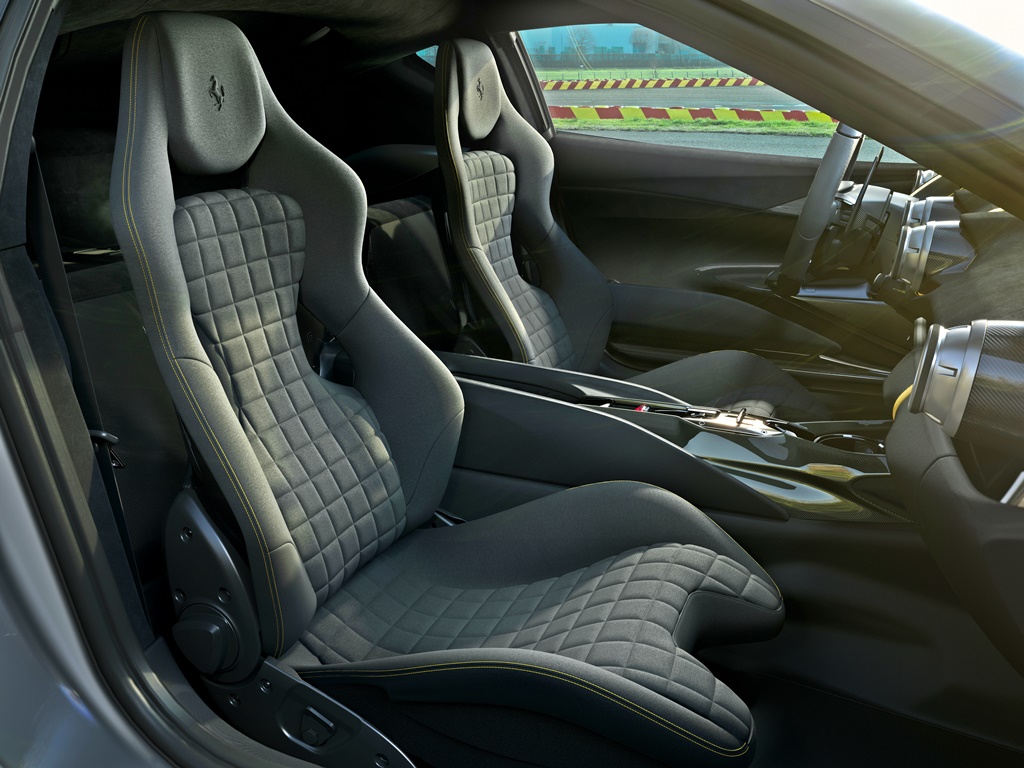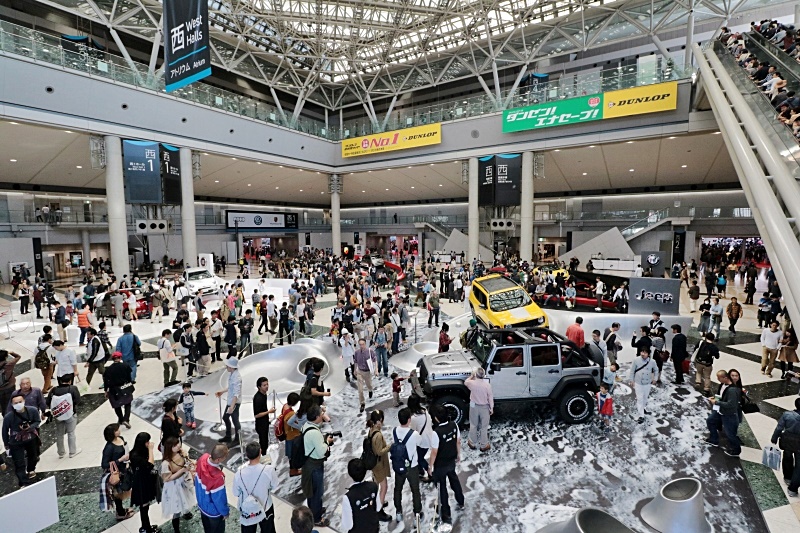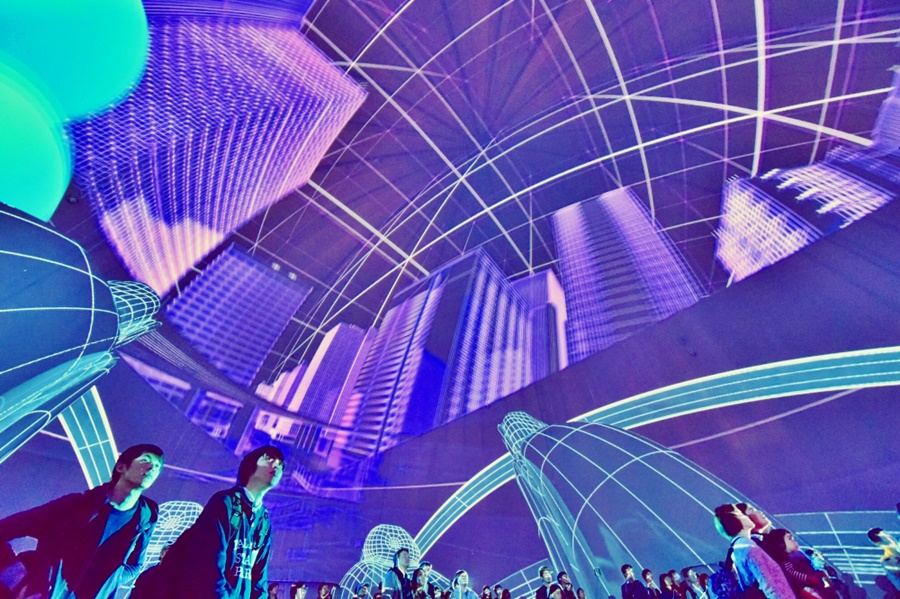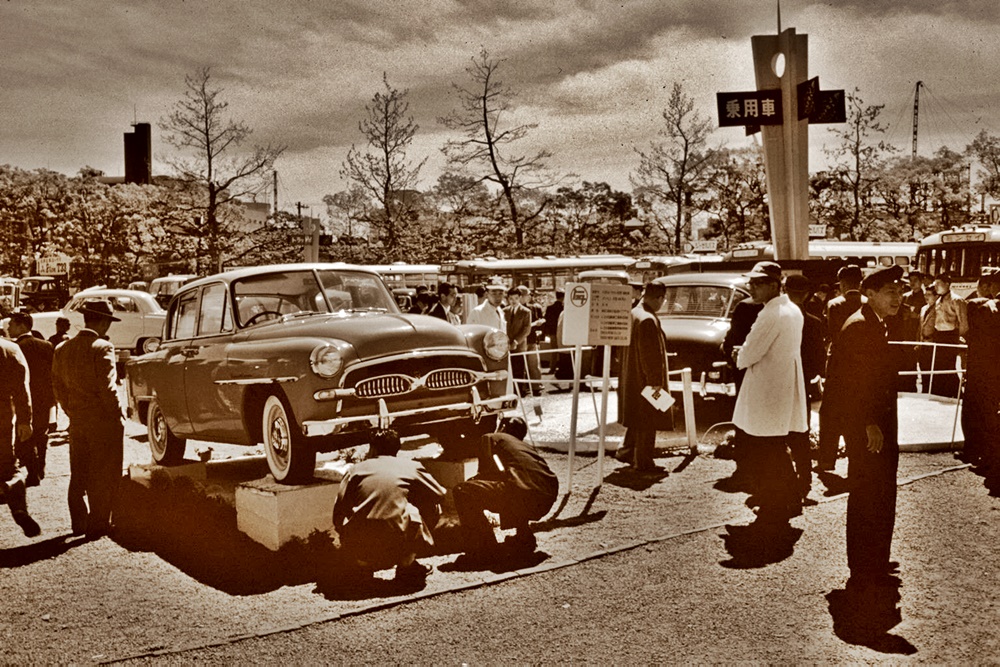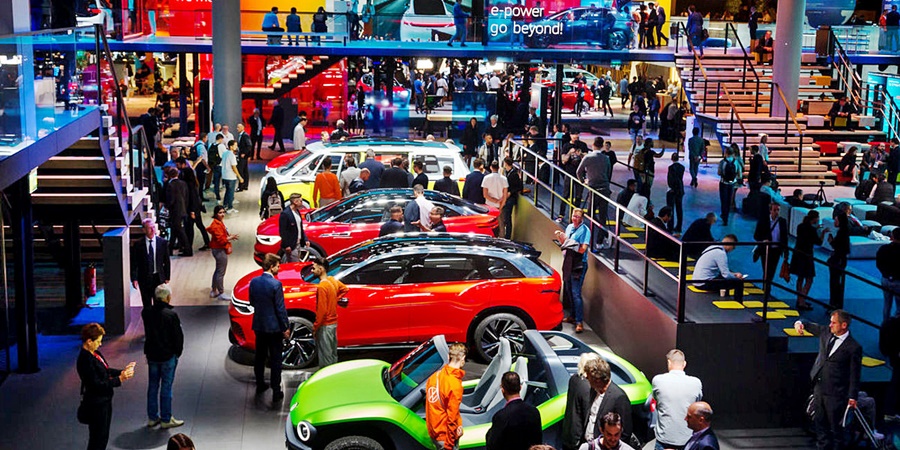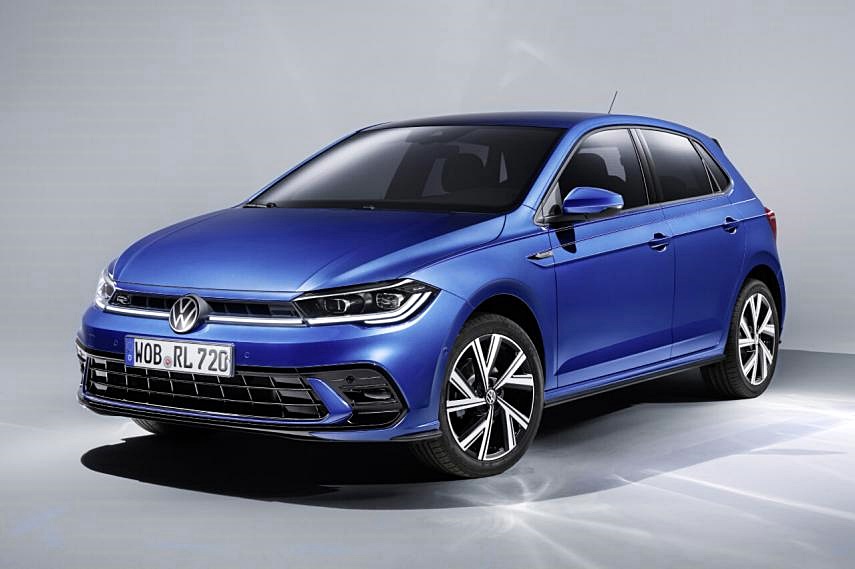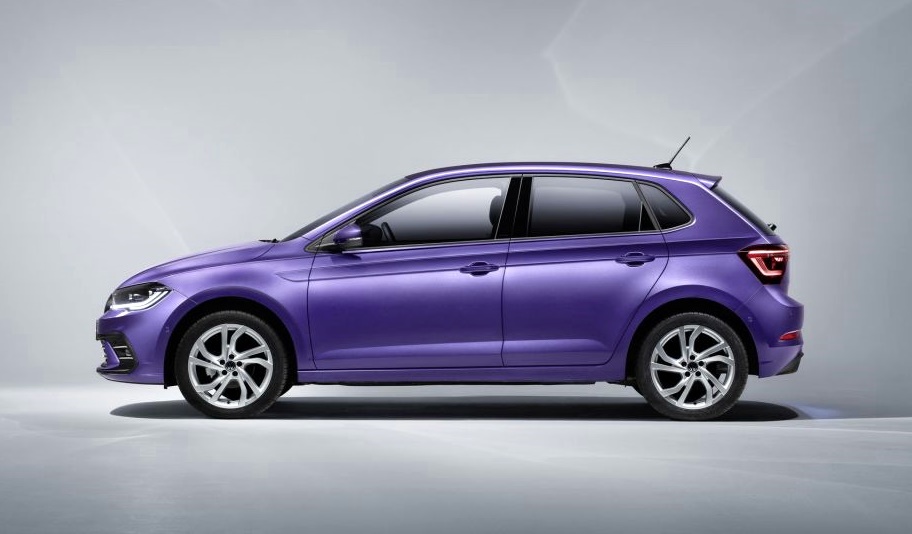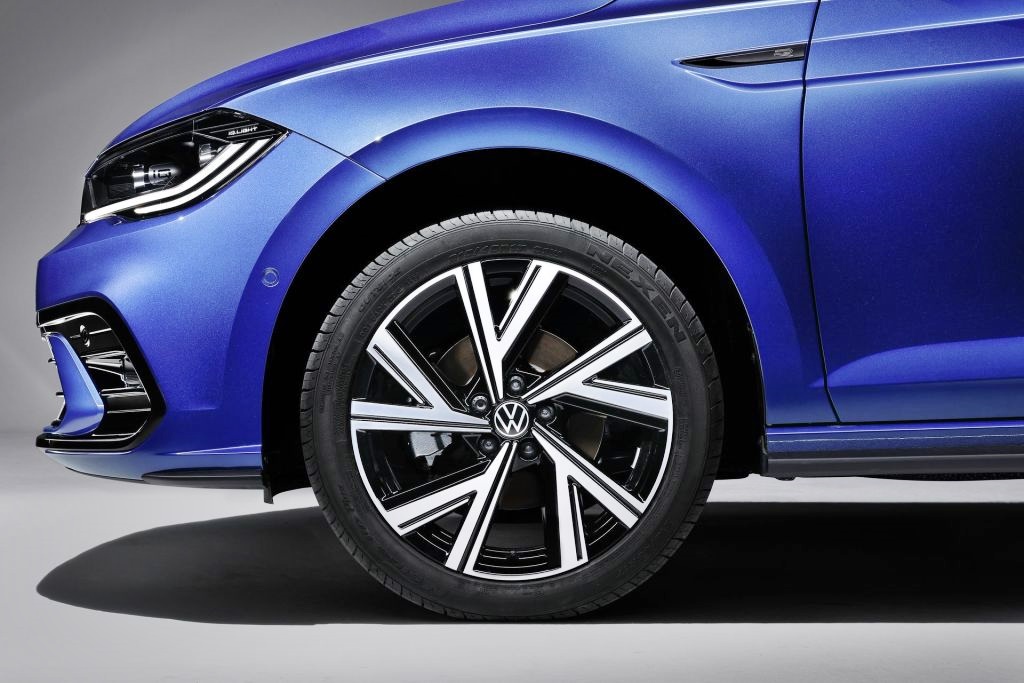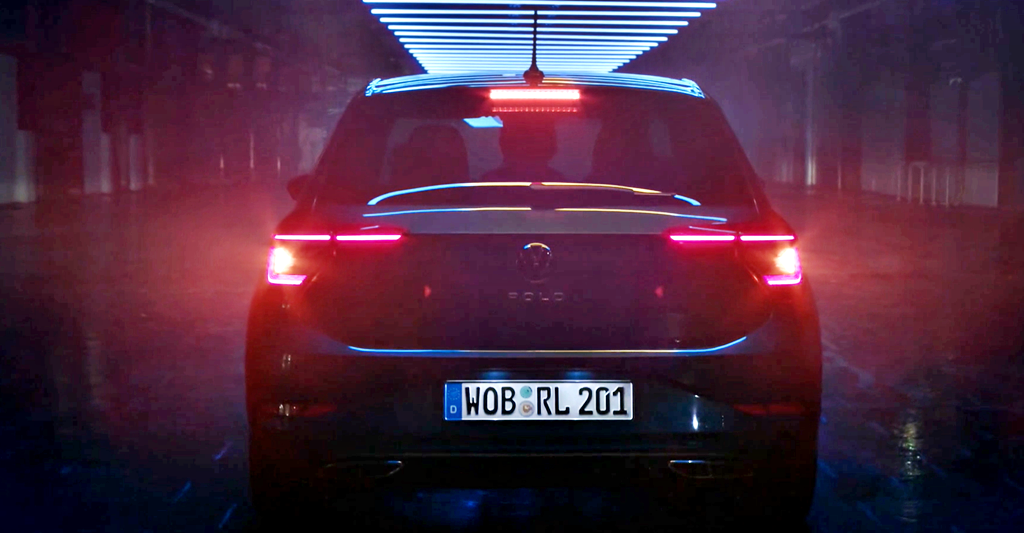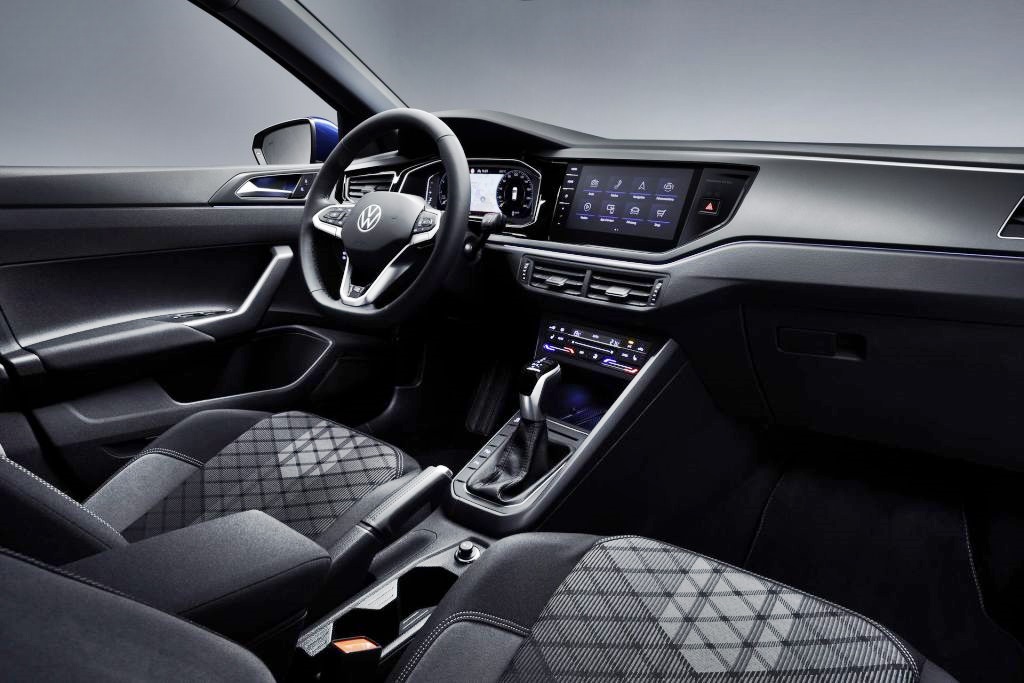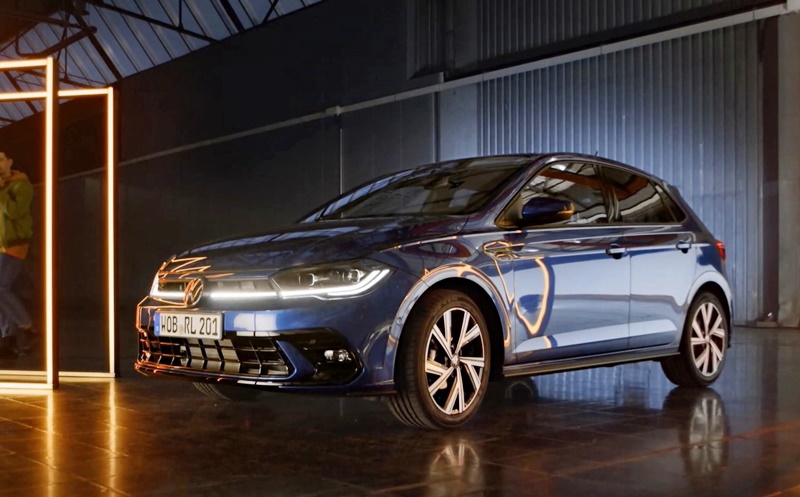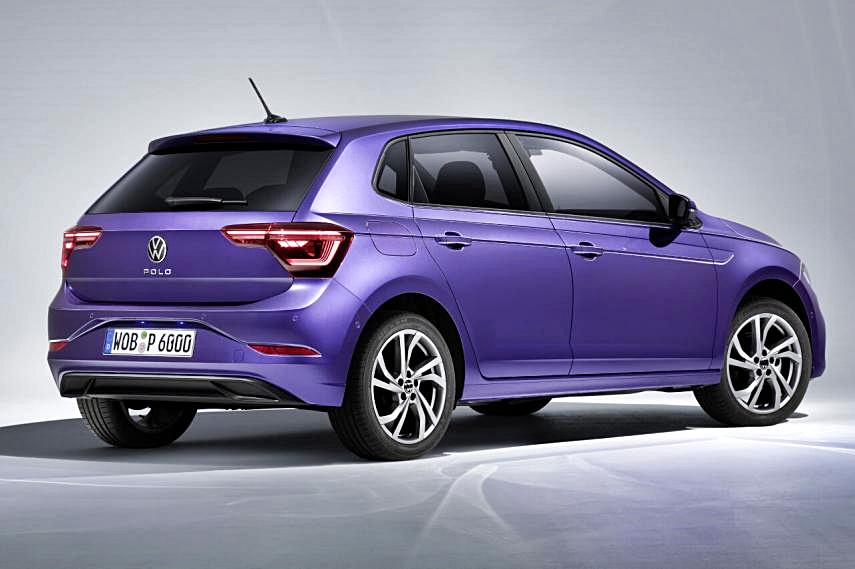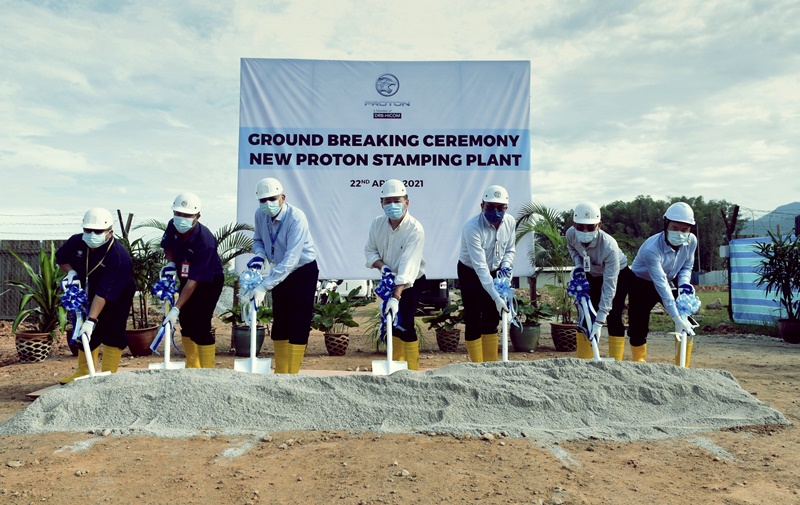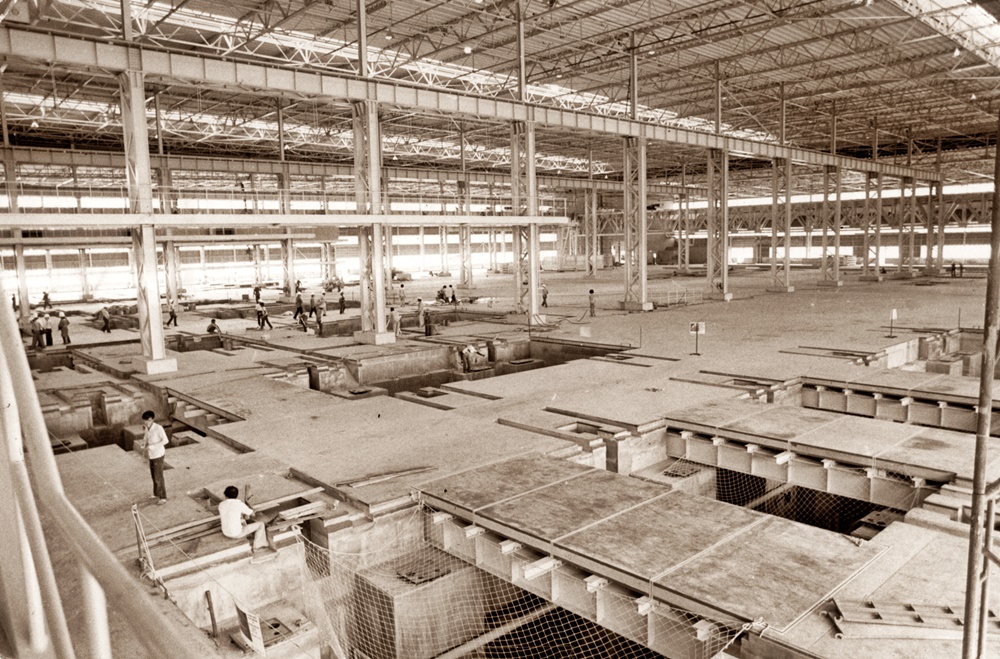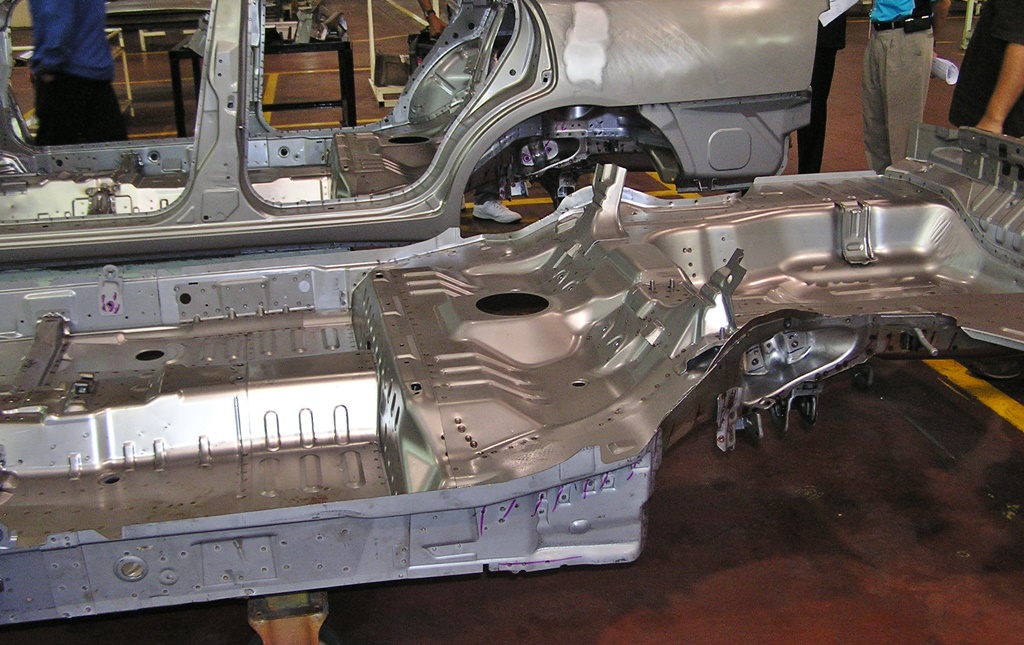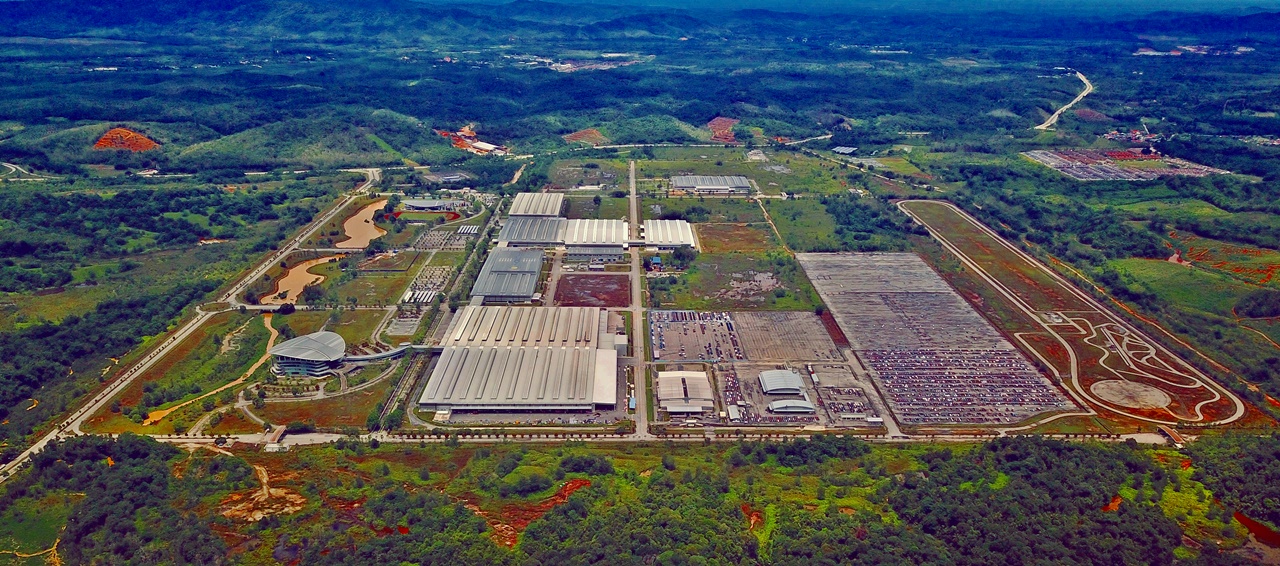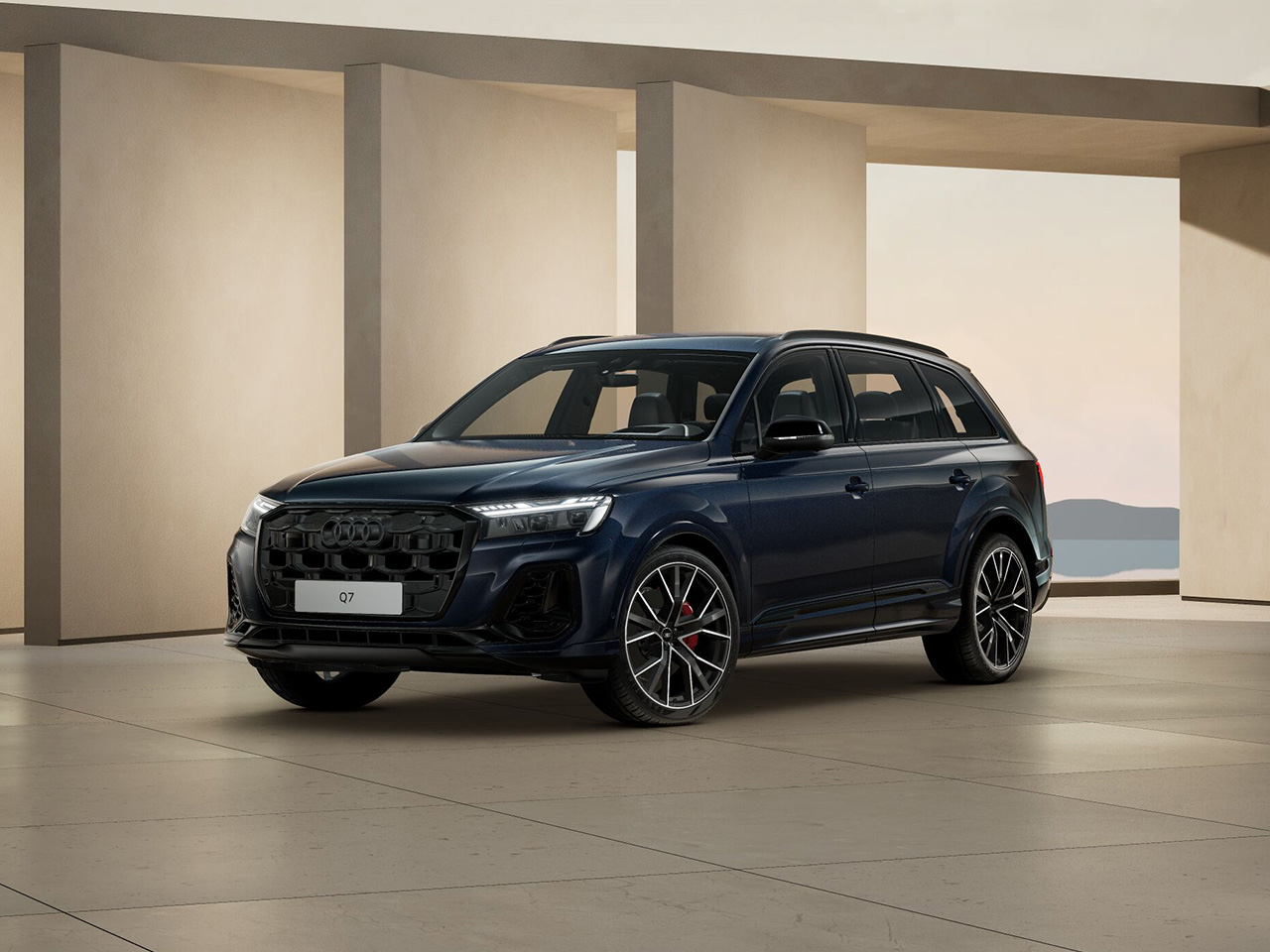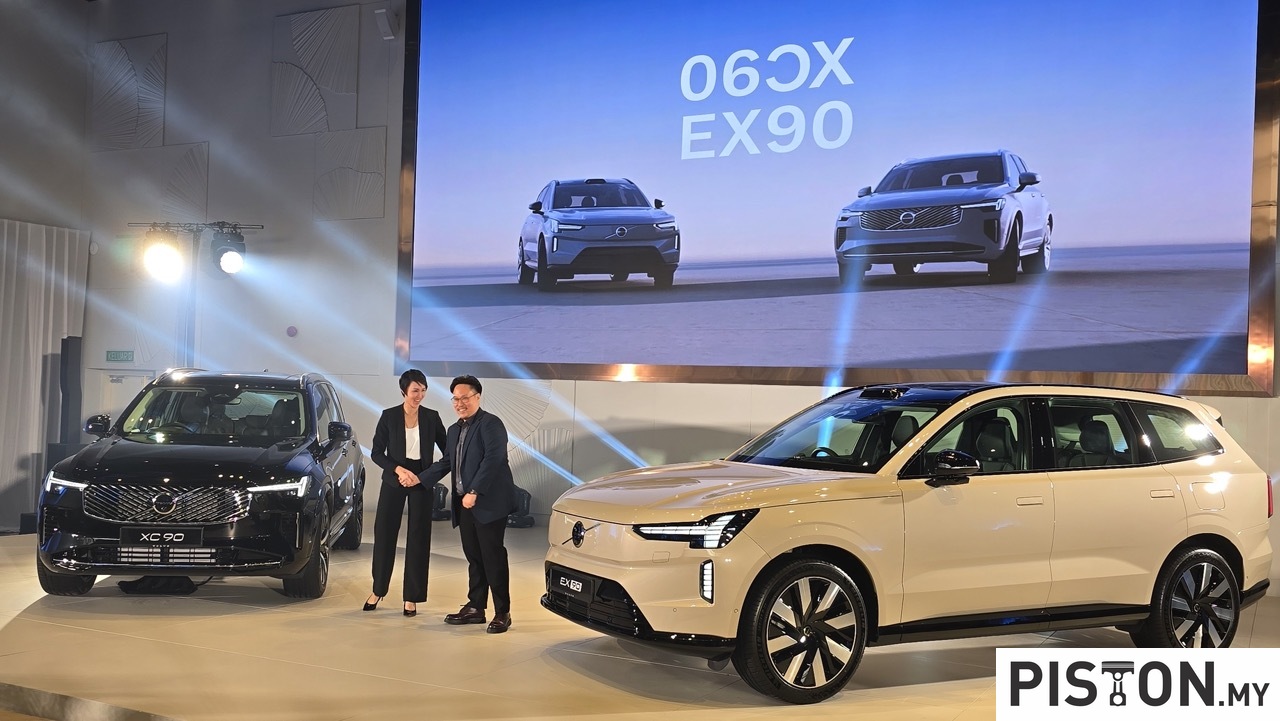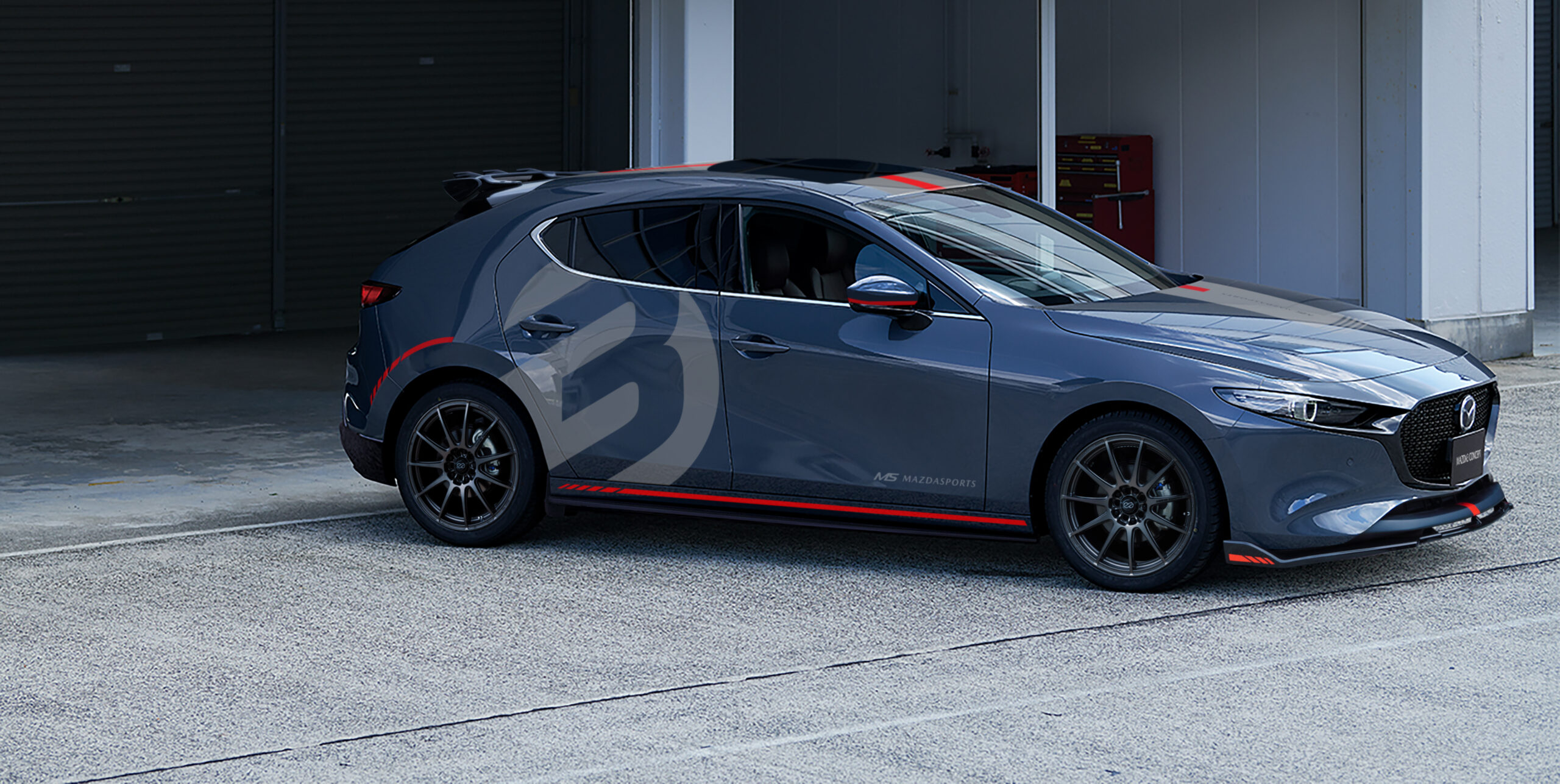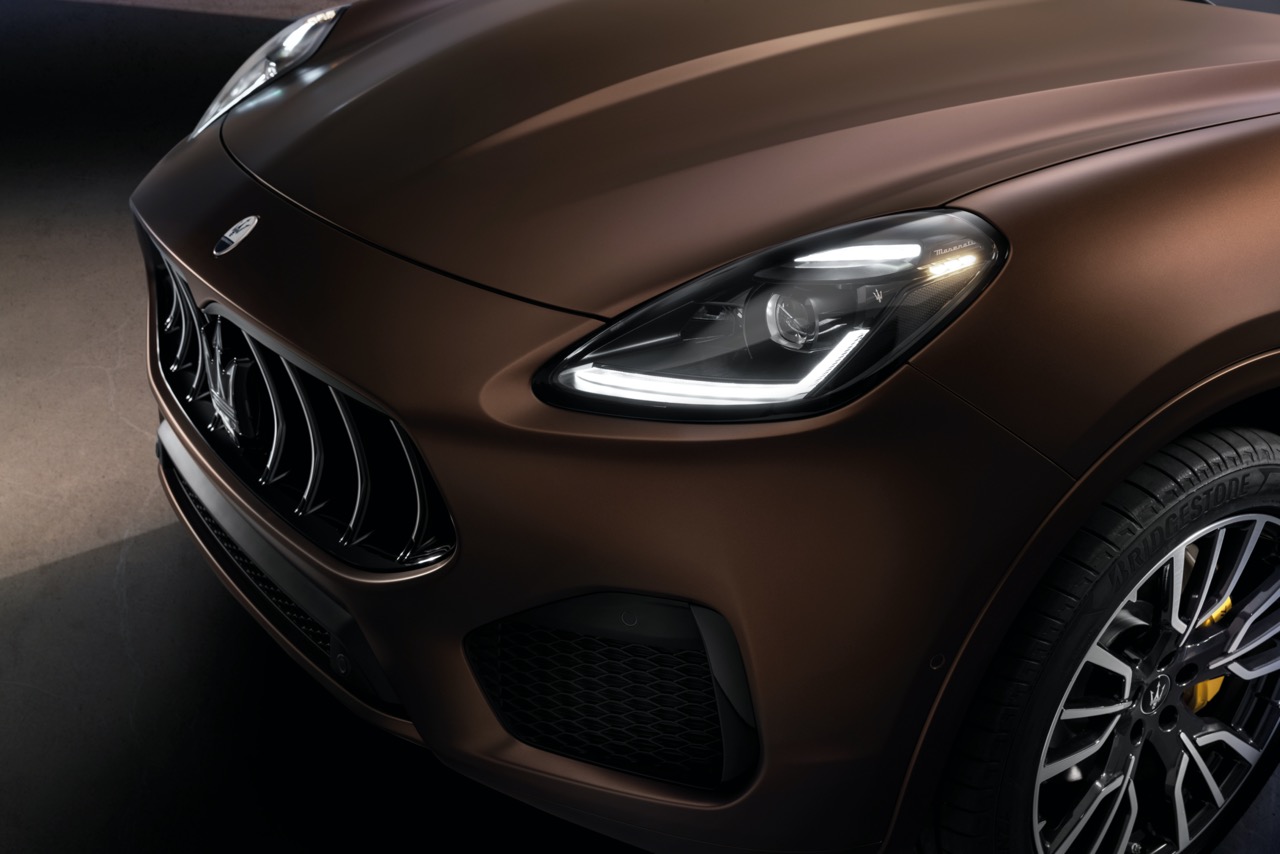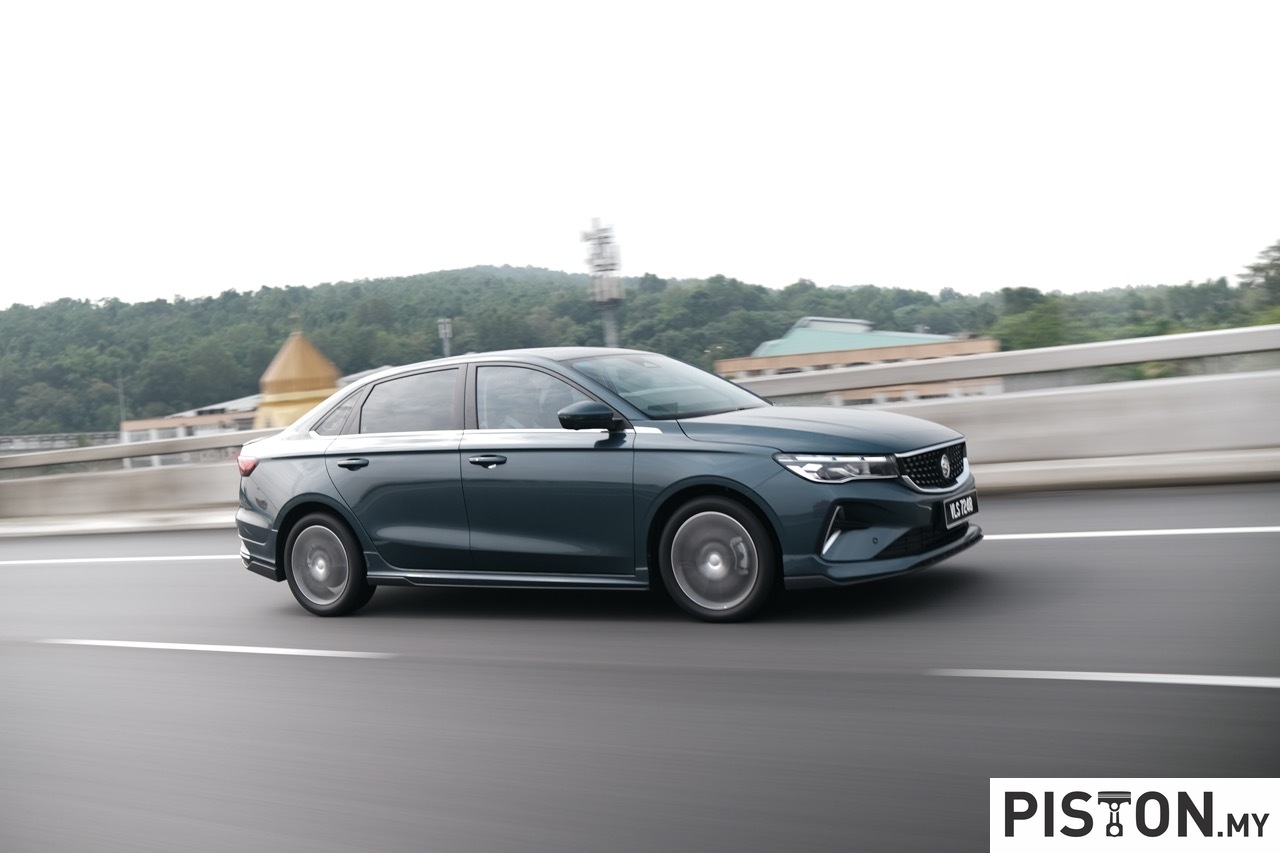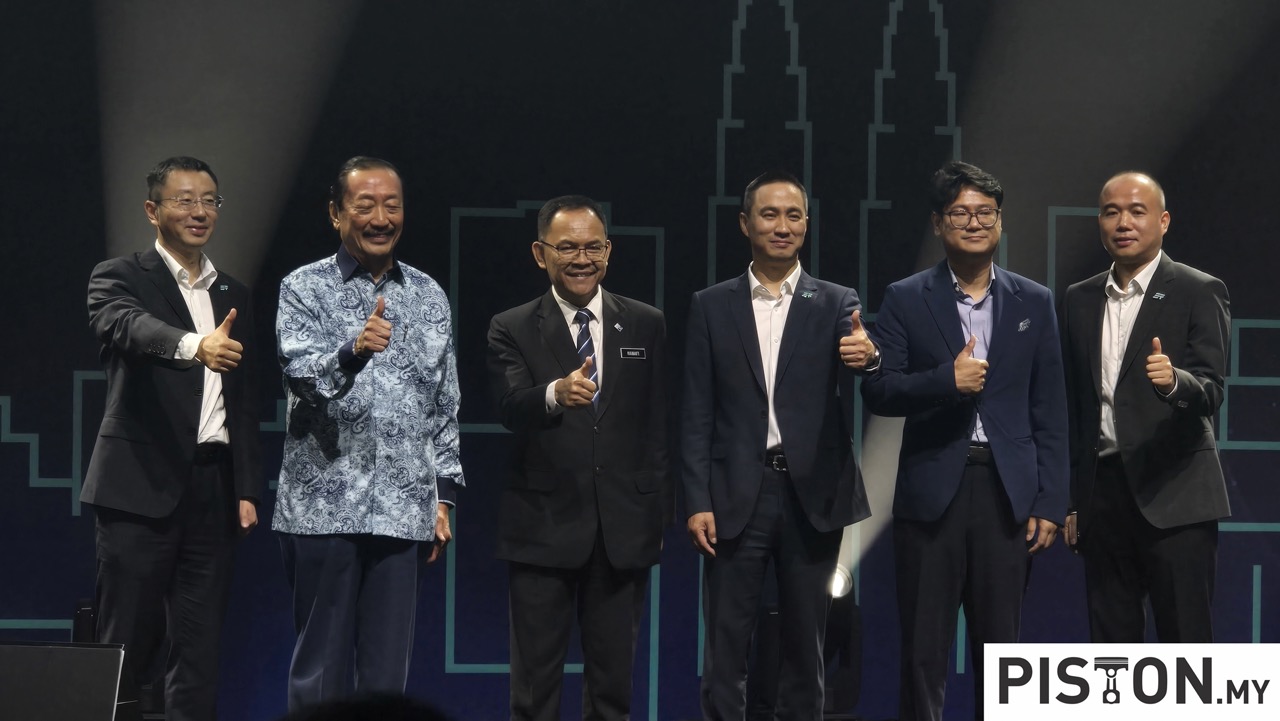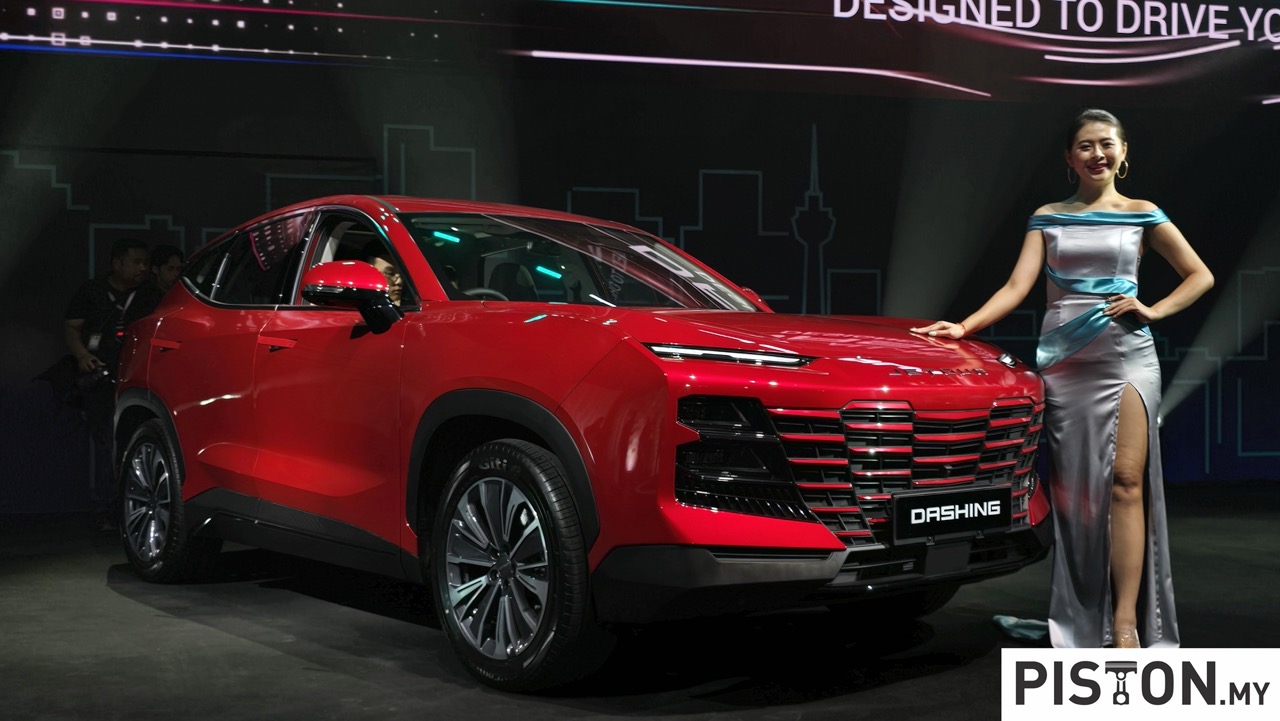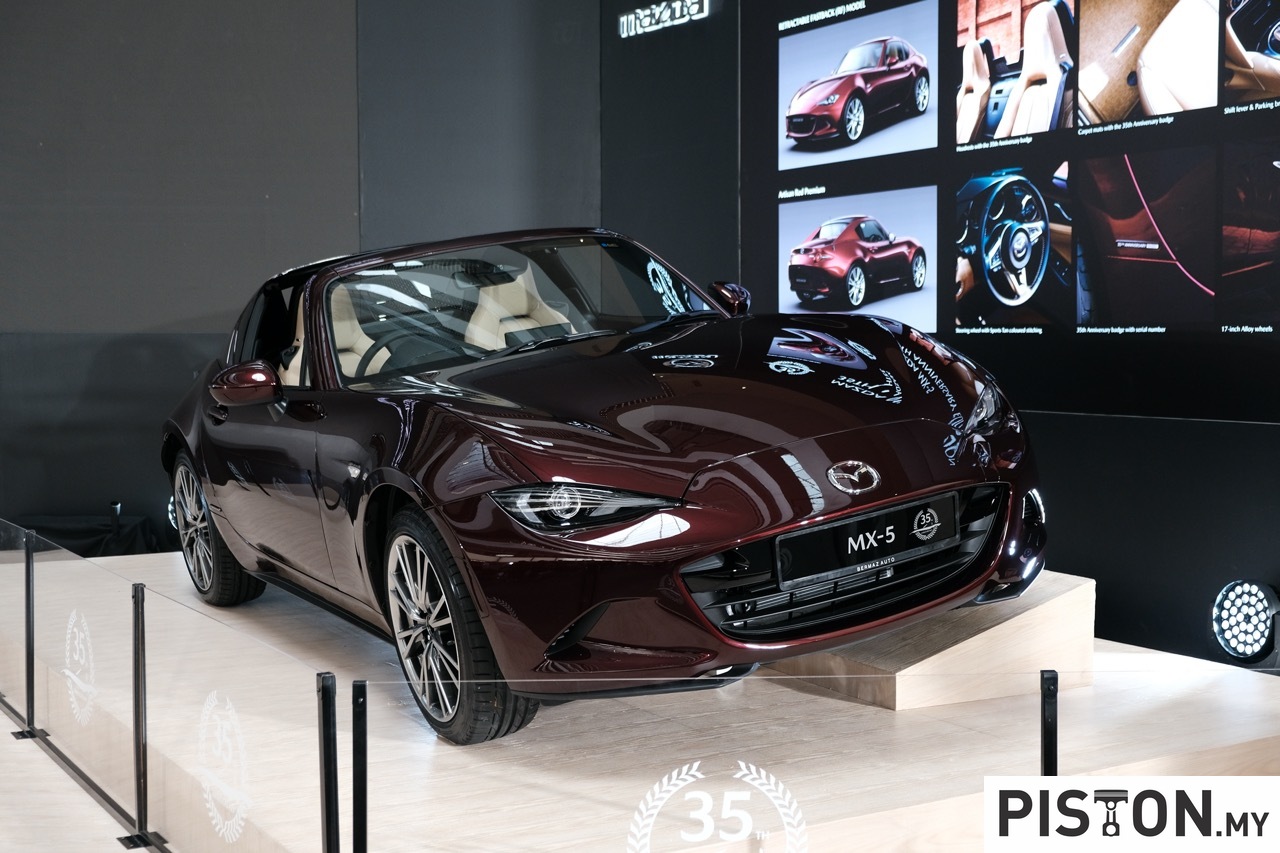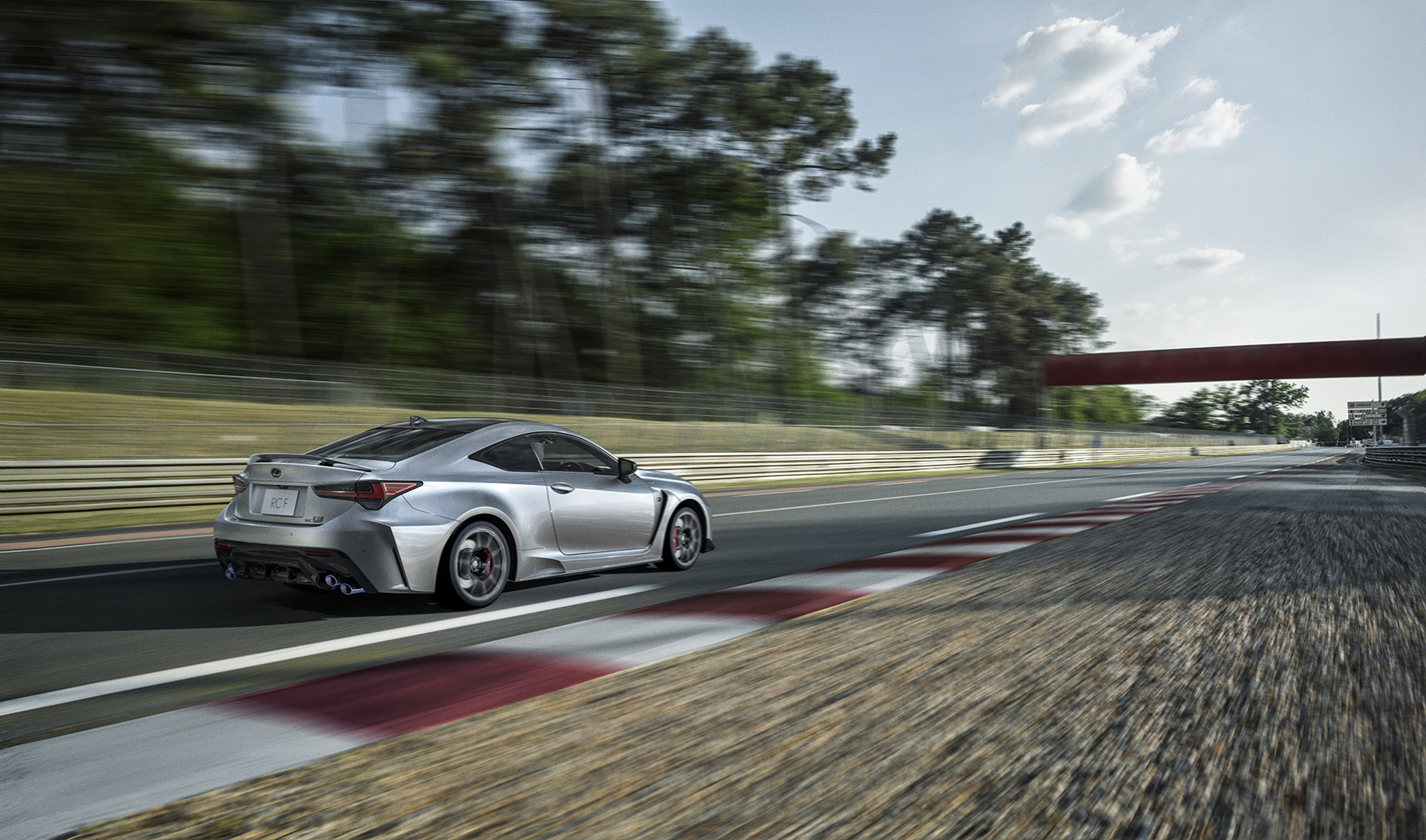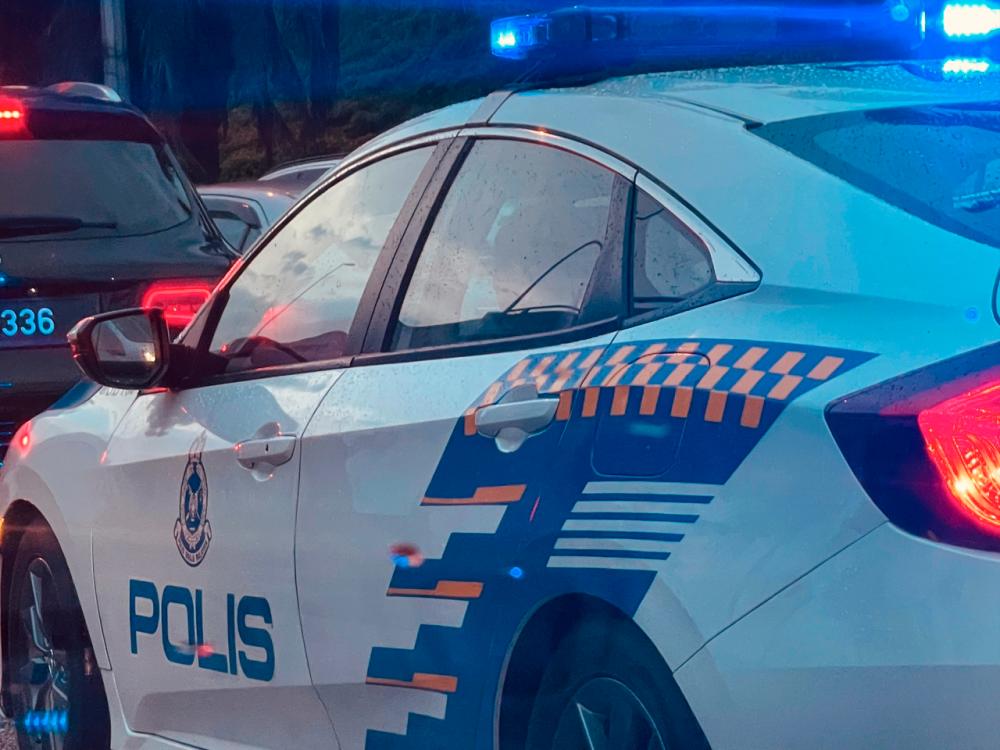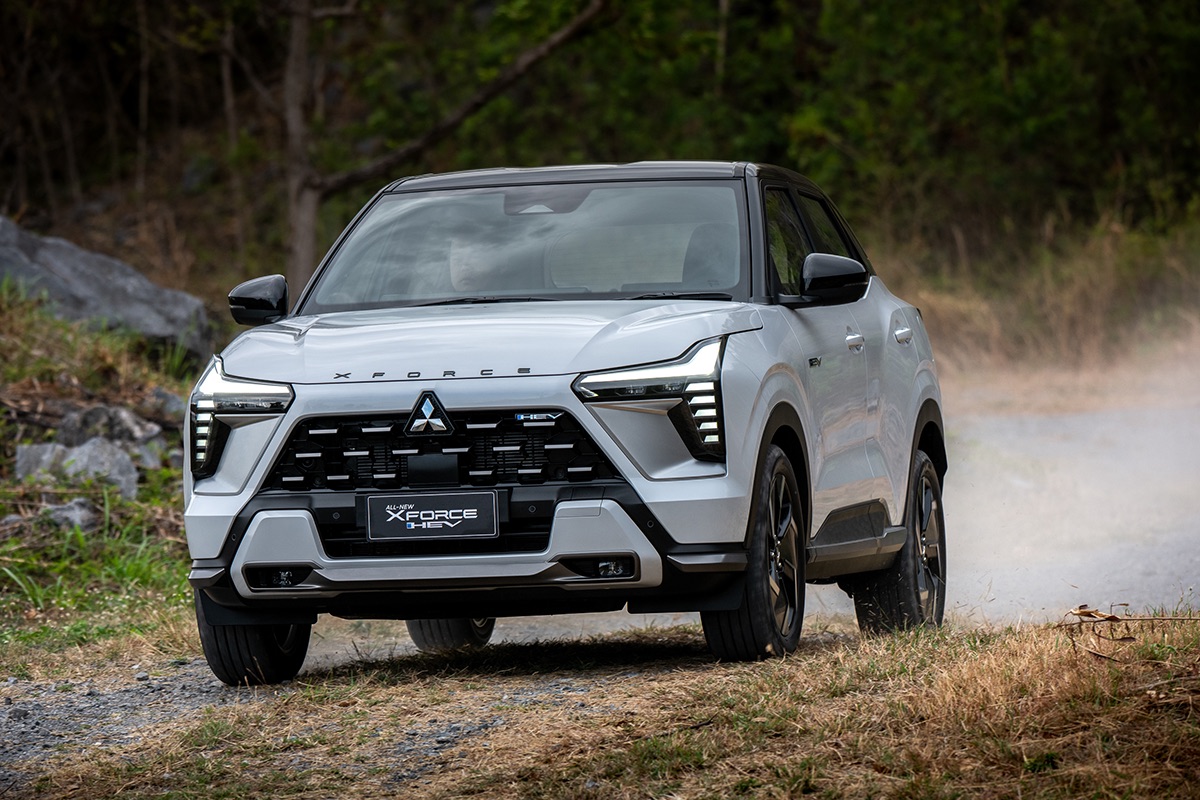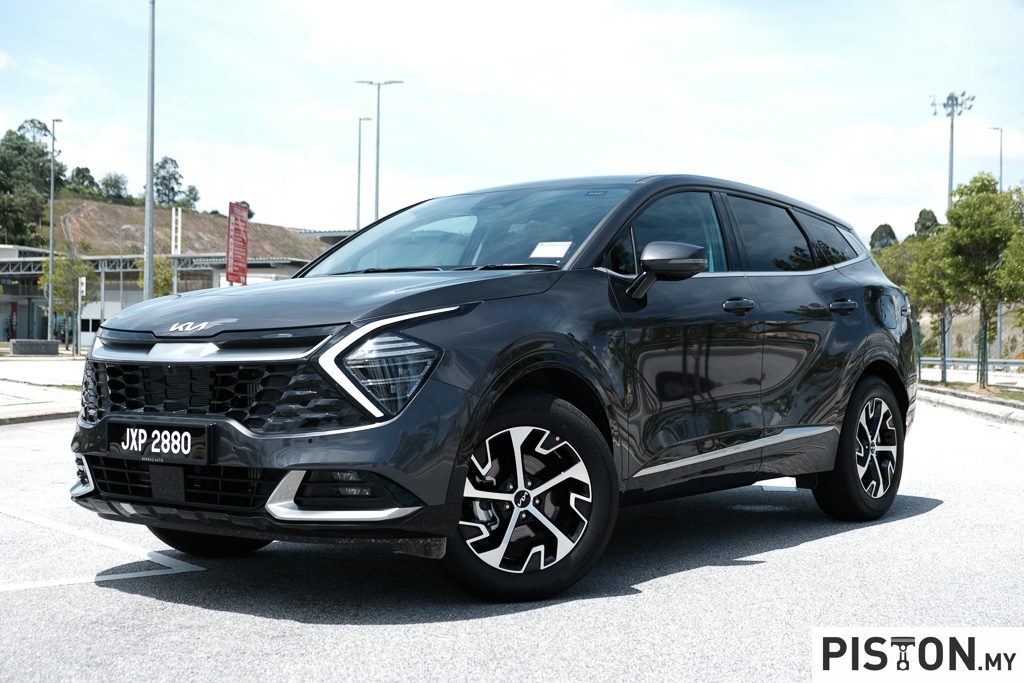Ever since the 1990s, Malaysians have come to appreciate the usefulness of the pick-up truck, a vehicle that is fine for town use, for weekend adventures off-road as well as workhorse duties. There have been many choices and among the popular ones today is the Isuzu D-MAX which officially goes into its third generation in the Malaysian market today.
To suit different budgets and requirements, there are no less than seven variants to choose – with double cab or single cab bodystyles, and two engine sizes. It’s all-new from the tyres up, incorporating new technologies for greater strength, reliability, efficiency and longevity… all the qualities that have made the D-MAX so popular.
“Isuzu engineers set out to create a stronger, more able and durable machine with this new model. They invested years in development and over 4 million kilometres in testing the new model to achieve the best Isuzu D-Max they have ever created. They then added the soft touches and high-tech features to satisfy the discerning owners who desire comfort and sophistication in their modern-day vehicles,” said the CEO of Isuzu Malaysia, Koji Nakamura.
Isuzu Dynamic Drive Platform
Built on a new Isuzu Dynamic Drive Platform, the all-new Isuzu D-Max employs a new ladder frame that offers improved stiffness and strength to ensure and durability. The integration of the body structure, chassis, powertrain and suspension is balanced to work together as one for better handling. The new suspension configuration and a longer wheelbase allows the engine mass to be located further behind the front wheels, resulting in more dynamic handling and a comfortable ride.
All variants have a new distinctively bold and sporty outlook that has a more SUV appeal. The stylish appearance is functional too as aerodynamic efficiency – not usually talked about with such vehicles – is improved for the new D-MAX.
X-Terrain – the flagship
For those who want the most stylish pick-up truck, the new D-MAX X-Terrain variant will be the one to get. It stands out from the rest of the range with the Valencia Orange or Sapphire Blue body colour.
This new flagship variant comes with a revised 3-litre engine that has been re-engineered and refined with numerous advancements to improve performance and engine response while reducing noise and vibration. The engine produces 190 ps/450 Nm, with peak torque starting from as low as 1,600 rpm and available up to 2,600 rpm. The revised torque curve, together with a new 6-speed automatic transmission, optimises power delivery for any condition and demand.
Exclusive features with the X-Terrain include remote engine start, rear differential lock, wet wiper system, brown leather upholstery for the seats (which have 8-way electronic adjustment including lumbar support), and a 9-inch infotainment touchscreen panel with Android Auto/wireless Apple Carplay for easy smartphone connectivity.
Advanced Driver Assist Systems
The D-MAX X-Terrain also has Advanced Driver Assist Systems (ADAS) to make driving safer and less tiring. The active systems installed are similar to those found in the latest passenger cars. These include Forward Collision Warning, Autonomous Emergency Braking, Lane Departure Warning, Turn Assist, Pedal Misapplication Mitigation, Blind Spot Monitor, Rear Cross Traffic Alert, Manual Speed Limiter, and a Multi-Collision Brake system that applies the brakes should any of the seven airbags be deployed.
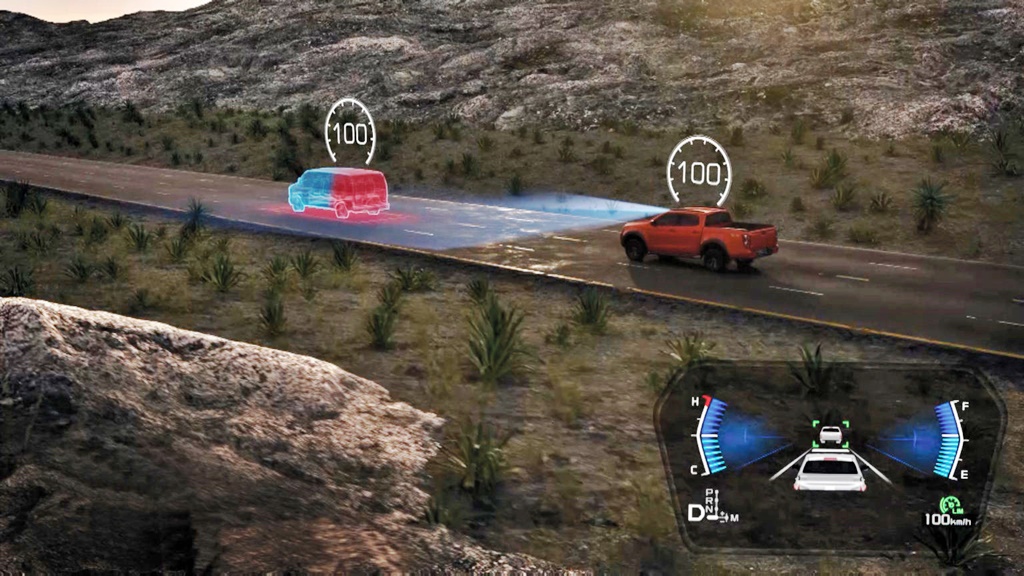
For less driving fatigue on long distances or at night, there’s also Adaptive Cruise Control with stop & go function and Automatic High Beams. The Adaptive Cruise Control maintains a safe gap with other vehicles ahead and can function down to standstill, reactivating when the vehicle ahead moves off. Automatic High Beams will automatically switch to low beams when there is an oncoming vehicle to avoid dazzling the driver, so the driver of the D-MAX does not need to think about it.
Two engine choices
Customers can have style and comfort without sacrificing the proven qualities of the D-MAX which is now not only quieter and more comfortable but also a tougher, more capable and dependable as well. The Premium 4×4 Auto variants – available with either a 1.9-litre Blue Power turbodiesel or the 3-litre turbodiesel – are ideal for those who spend significant hours behind the wheel. The new comfort features and safety equipment in the cabin will ensure that even if there are many hours of motoring, it will be fatigue-free.
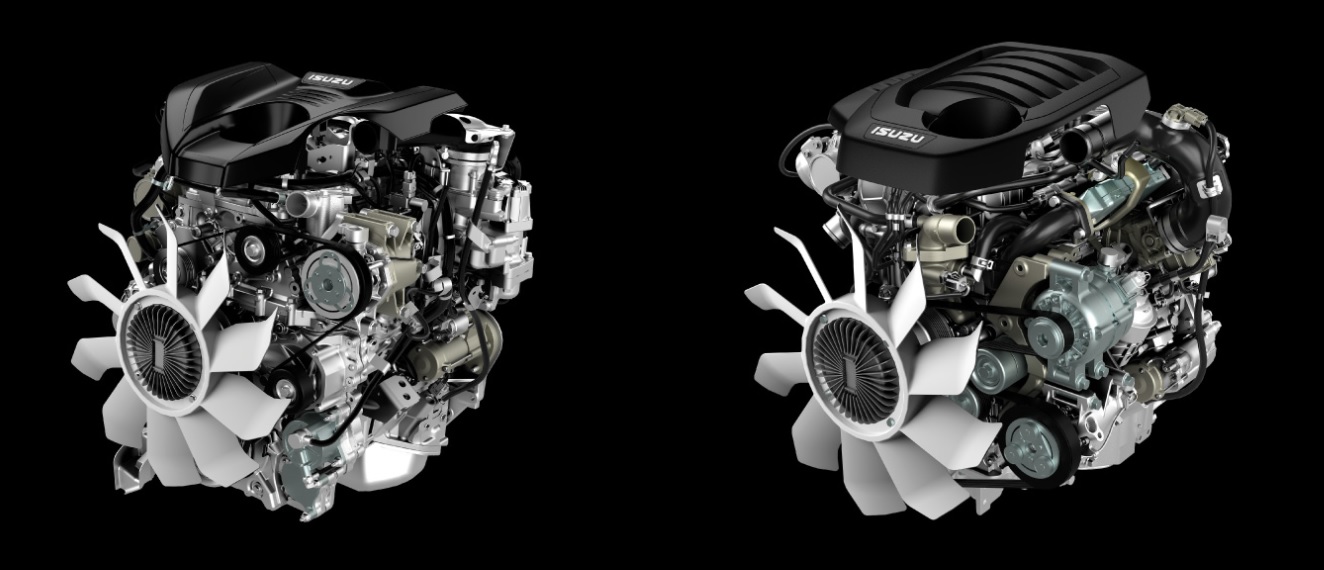
For workhorse duties
For the price conscious, the two Standard models offer lower running costs with their good operating efficiency. Powered by the capable 1.9-litre turbodiesel engine with 150 ps/350 Nm and a choice of 6-speed manual or 6-speed automatic transmissions, these variants will be highly effective workhorses in any business.
Also available are two Single Cab variants for those who have significant load-carrying requirements and want a go-anywhere, do-anything truck. There are two engine options – 1.9-litres or 3.0-litres – and like the rest of the range, safety is assured as the latest D-MAX has qualified for ASEAN NCAP’s 5-star rating.
All D-Max variants come with a 5-year/150,000 km warranty (whichever comes first) but for the X-Terrain, Isuzu Malaysia is giving an additional 2 years – and no limit on mileage travelled after registration. This class-leading warranty shows that there is great confidence in the long-term durability of the vehicle.
“This all-new Isuzu D-Max has found many new fans in all the markets it has been launched. It appears to be the case here too in Malaysia where we have received over 1,000 bookings – even before its official launch today. With the strong interest in the all-new Isuzu D-Max, I believe that our target of 6,400 units this year will be achievable,” said the COO, Light Commercial Vehicle Division of Isuzu Malaysia, Masayuki Suzuki.

Experience the all-new D-MAX
Until May 31, 2021, all authorized Isuzu dealerships will be having ‘The all-new Isuzu D-Max Breaking Boundaries Test Drive’ campaign. This is a great opportunity to experience the vehicle and during the campaign period, there will be exclusive Isuzu merchandise giveaways and a chance to win cash prizes. To locate a showroom in Malaysia, visit pickuptruck.isuzu.net.my/.
New Isuzu D-Max X-Terrain: Why other pick-up truck brands should be worried






